Kien Giang Provincial Museum was established in 1985, requisitioning an ancient house of a feudal landlord built in 1911 as its headquarters. In 1990, the ancient house was recognized by the Ministry of Culture, Sports and Tourism as a national architectural and artistic relic. Over the decades, the activities of the Provincial Museum have been promoted thanks to the combination of values with the ancient heritage house (likened to a 113-year-old "museum").
The museum house was built in 1911, completed in 1920, with an area of about 2,000m2 . The owner of the house was Mr. Tran Nhue, a famous landlord at that time. Later, Mr. Tran Quang Chieu (the third son of Mr. Tran Nhue) inherited the house. Local people often call this old house Mr. Ba Chieu's house.
Mr. Nguyen Quang Khanh - Deputy Director of Kien Giang Provincial Museum said that the ancient house was built by the owner from materials such as molasses, resin of the o duoc tree, sand, lime mixed together without using cement. This construction method is quite similar to the construction of the three-entrance gate - a famous symbol of Rach Gia City (Kien Giang). The wood used to build the house was chosen by the owner to buy precious wood such as lim, go, cam xe... Floor tiles were imported from France.
Tourists visit Kien Giang Provincial Museum.
According to many documents of Kien Giang Provincial Museum, during the construction of the house, the owner hired 100 skilled workers from Gia Dinh - Hue to work continuously. Just the balcony of the house, the workers had to work for 7 years to complete. The foundation of the house also took about 3 years...
Kien Giang Provincial Museum building seen from above.
With his knowledge and 20 years of experience working at the Kien Giang Provincial Museum, Mr. Nguyen Quang Khanh shared that the 113-year-old ancient house has a unique blend of Vietnamese architectural culture with Eastern and Western cultures. This is also considered the most beautiful and famous ancient house in Kien Giang province that is still preserved to this day.
The main room of the Kien Giang Provincial Museum.
According to Nguyen Quang Khanh, Deputy Director of Kien Giang Provincial Museum, the house has the shape of “inner strength, outer strength”. At first glance, many people think this is a house built in pure French architecture.
However, when observing closely, it is not difficult to recognize many structures and construction details imbued with the architectural culture of ancient Vietnamese people, or East Asian culture with grandeur, panels, parallel sentences, etc. inside the house, which are carved by artisans on wood very delicately, creating images of dragons, phoenixes, deer, apricot blossoms, lotus flowers, pine trees, cypress trees, etc. These are all familiar images in the home decoration style of ancient Vietnamese people.
Parallel couplets, in the middle is the sun, on both sides are carved phoenixes with the theme "Loan phuong hoa minh", showing the nobility and authority of the homeowner.
For landscape with plum blossom theme with the meaning of wishing for luck and development, liberality and freedom.
The symbol of Bao Lam represents Phuc (with the shape of a bat in East Asian culture) - Loc (flowers, leaves) - Tho (orchid, butterfly, deer, pine, cypress).
The bird statue on the balcony is delicately inlaid with mother-of-pearl.
Close-up of the roof inside the main room of the ancient house.
“If you look closely, the house has the presence of Buddhist culture and ancient Vietnamese worship customs. The homeowner decorated the front surface of the house with many lime platforms with snake-head statues, symbolizing the legend that this mascot protected Buddha on his path of practice.
The lime pedestal in front of the house has a special shape.
Below the lime platform are chrysanthemums, roses (symbolizing France), lotus flowers (symbolizing the Southern culture of the Vietnamese people). Through research and study, we have determined that the way of decorating the lime platform on the front surface of the house like this dates back to the 16th and 17th centuries of the Renaissance (Europe)", said Nguyen Quang Khanh, Deputy Director of Kien Giang Provincial Museum.
Inside the heritage house, there are many items over 100 years old, once used by the owner, still quite intact, such as a sofa set, round table, mother-of-pearl inlaid wooden cabinet, stools... According to the museum's leadership, in the near future, space will be arranged to display these items, serving the viewing needs of the people.
The over 100-year-old sofa set previously used by the owner of the old house is still in fairly intact condition.
An antique round table that was once used by the homeowner.
Close-up of the house's wooden furniture with intricate carvings.
Mr. Nguyen Minh Tin, residing in An Hoa Ward, Rach Gia City, and his family visited the museum. Mr. Tin said: “Everything in the house is very ancient, the wood carving skills of the ancients are truly impressive. Looking at the sophisticated carvings, I feel that the craftsmen spent a lot of effort to complete this house. When I have the chance, I will introduce my relatives and friends to visit the museum.”
Family of Mr. Nguyen Minh Tin, residing in An Hoa ward, Rach Gia city, visited the provincial museum.
In the museum grounds there is also an ancient longan tree that is over 100 years old. The tree grows well, bears many fruits, and is considered a "time-honored companion" of the 113-year-old ancient house.
The longan tree is over 100 years old and is located in the grounds of the ancient house.
To date, the 113-year-old house has undergone two renovations. The most recent renovation was in 2009, including reinforcing and repairing the tiled roof, painting the walls, and many other structures and details of the ancient house, with a total cost of over 2 billion VND.
The tiles are still quite original despite the house being 113 years old. Conservation work will continue to be focused on by the Kien Giang Provincial Museum in the coming time. For damaged tiles, experts will replace them with new tiles but with a similar structure to the ancient tiles.
After 15 years since the last renovation, the Kien Giang Provincial Museum is now quite degraded. The roofs of the museum's exhibition hall, office building, and warehouse are leaking. The lime walls are peeling and damaged. Inside the museum's main exhibition hall, there are traces of insects (termites) damaging the wooden surface...
Some items in the old house are degraded.
“The wooden details inside have started to have many termite spots, which need to be treated to prevent further spread. We monitor and treat the impact of insects on the house throughout the year. When we detect an insect attack, we treat it immediately,” said Mr. Thai Quang Phu - Director of the termite and insect treatment company in Rach Gia City.
Insect treatment (termites, woodworms) on wooden details in the house is done regularly.
“Kien Giang Provincial Museum is preparing a status report to submit to the leaders of the Department of Culture and Sports , as a basis for requesting policies and funding from central ministries and branches to carry out maintenance and conservation in the coming time. This is a national architectural and artistic heritage, so it really needs attention and conservation,” said Director of Kien Giang Provincial Museum Nguyen Thi Bach Hue.
The Board of Directors of Kien Giang Provincial Museum regularly surveys the current status of the ancient house.
Kien Giang Provincial Museum currently displays about 3,000 artifacts, images, and documents divided into 6 topics: Oc Eo culture in Kien Giang province; artifacts salvaged from Kien Giang sea; Mac family with the reclamation of Ha Tien town; Kien Giang land and people; life and career of National Hero Nguyen Trung Truc; Kien Giang army and people through two resistance wars against France and the US.
Artifacts on display inside the museum.
Thematic artifacts about Oc Eo culture in Kien Giang province are displayed quite richly inside the museum. According to tour guide Nguyen Thi Hong Phuong, this is also the topic that attracts the most attention from people and tourists when coming to the museum.
Exhibition space of Oc Eo cultural artifacts inside the museum.
In Kien Giang, there are 12 locations where the Oc Eo culture has been discovered. In the Mekong Delta, 8 out of 13 provinces and cities have sites of this culture. The Oc Eo culture developed in the Mekong Delta and dates back to the 1st - 6th centuries AD.
Pointing to a large vase of the Oc Eo culture in Kien Giang province dating from the 4th - 6th century AD, tour guide Nguyen Thi Hong Hanh said that this special vase is affectionately called the "beauty queen" among the ancient vases of the Oc Eo culture. Explaining this name, Ms. Hong Hanh said that this is the largest, most beautiful, and most intact vase on display and introduced at the Kien Giang Provincial Museum.
Close-up of the Oc Eo culture vase that people jokingly call "beauty queen".
Leading us to visit the exhibition area of Oc Eo cultural artifacts in Kien Giang province, tour guide Nguyen Thi Hong Hanh introduced a series of "unique - strange" artifacts that have made many visitors amazed and surprised, such as jewelry molds, seals of Oc Eo cultural residents, ceramic lamps, round-bottomed vases, fire trident reliefs...
Fire trident relief from Oc Eo culture.
The special feature of Kien Giang Provincial Museum is the space to display artifacts (mainly ceramics) of 6 ancient ships that sank in the waters of Kien Giang. The ceramics found were of Chinese and Thai origin, dating back to the 14th-15th centuries. Many experts believe that the ancient ships that sank were merchant ships that had an accident in the waters of Kien Giang because they collided with rocks and coral reefs.
Chinese pottery found is mainly Ming Dynasty pottery.
The large ancient vase was salvaged from a sunken ancient ship.
Tourists visit the museum.
In addition to the artifacts displayed at the museum, the museum's warehouse currently stores many ancient artifacts that have not yet been published. Staff working at the Kien Giang Provincial Museum continue to collect and supplement the museum's source of artifacts to serve the display and introduction in the future.
According to Nguyen Quang Khanh, Deputy Director of Kien Giang Provincial Museum, “bao muon” is a Han-Nom character. In which, “bao” means precious things, “tang” means what is left behind. According to this translation, “bao muon” means what is precious left behind, preserved. Thus, this ancient heritage house is also considered a “museum”.
However, the phrase “museum” used in pure Vietnamese is understood as a place to preserve and display precious artifacts of historical and cultural value. Many people say that Kien Giang Provincial Museum is a museum within a “museum” and that is completely reasonable.
It can be affirmed that over the years, the value of Kien Giang Provincial Museum has been further enhanced through the recognition of the museum house as a national architectural and artistic relic. On the contrary, the attraction effect of museum activities has also helped the 113-year-old ancient house become more known to many people.
Tourists visit and learn about culture and artifacts at Kien Giang Provincial Museum.
Mr. Pham Hieu Thang, residing in Ca Mau City (Ca Mau) and his family traveled to Nam Du Island, Kien Hai District (Kien Giang). Through the introduction of a relative in Rach Gia City, Mr. Tuan's family decided to visit Kien Giang Provincial Museum at the beginning of the new year of Giap Thin.
According to the Deputy Director of Kien Giang Provincial Museum, if you study the Law on Cultural Heritage, it will be easy to see that Kien Giang Provincial Museum is "living" in an ancient house that is a national relic.
Recognizing this problem, over the years, the design of the museum's exhibition booths has focused on mobility and flexibility in structure, so that when the museum has a "new home", moving the exhibition booths and moving the artifacts... will be easier.
In 2020, Kien Giang province will carry out the construction of a large-scale Kien Giang Provincial Art Heritage Conservation Center, with the initial implementation cost of over 100 billion VND.
Close-up of Kien Giang Province Art Heritage Conservation Center.
The Kien Giang Province Art Heritage Conservation Center is currently under construction, with progress being slow due to funding difficulties. When completed, it is expected to be a large-scale space to promote provincial museum activities, aiming to serve more and more public needs for museum viewing and visiting.
The land in An Hoa Cultural Park, Rach Gia City is the location of the Kien Giang Province Art Heritage Conservation Center.
HOANG GIAM
Source


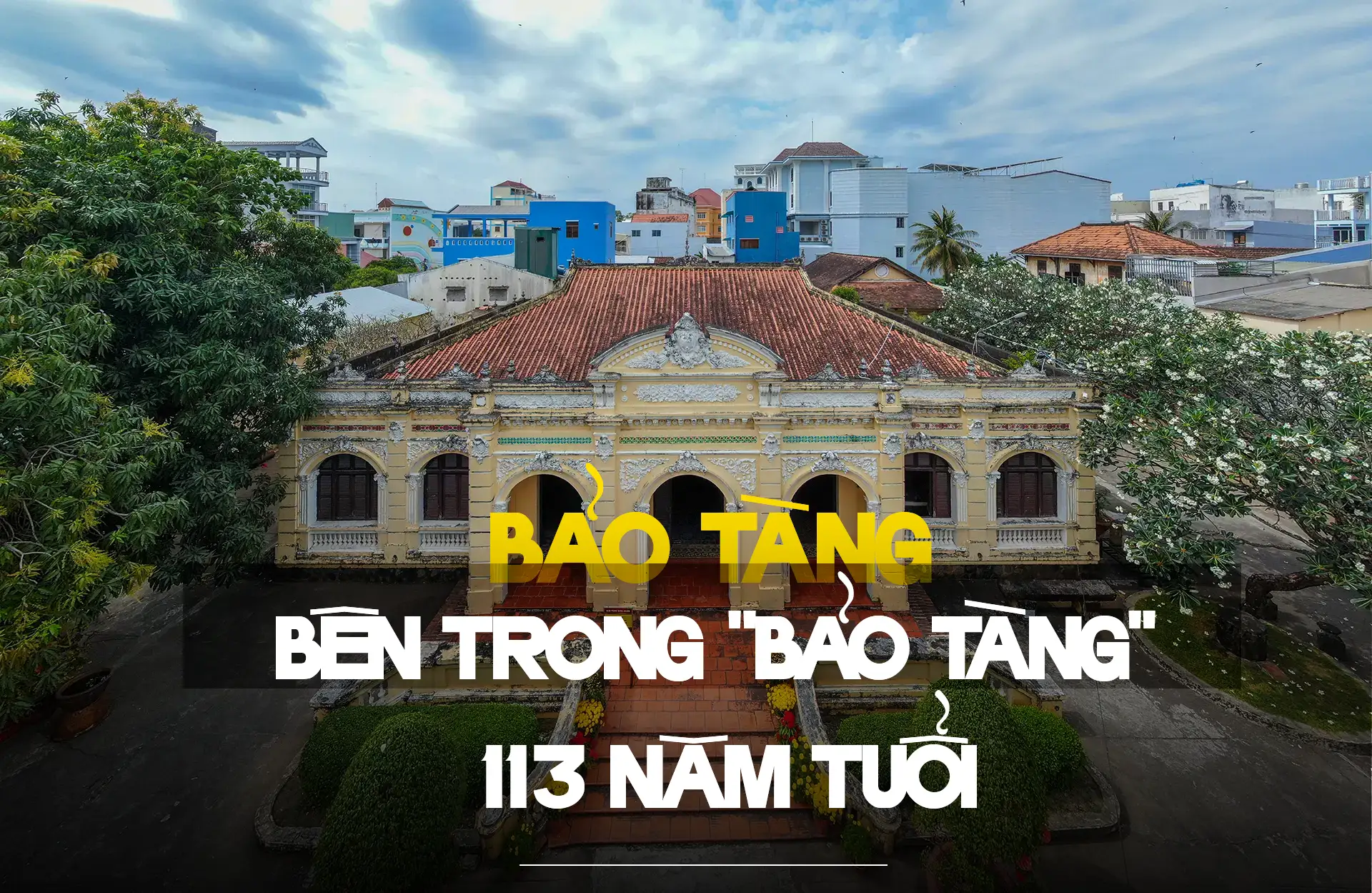

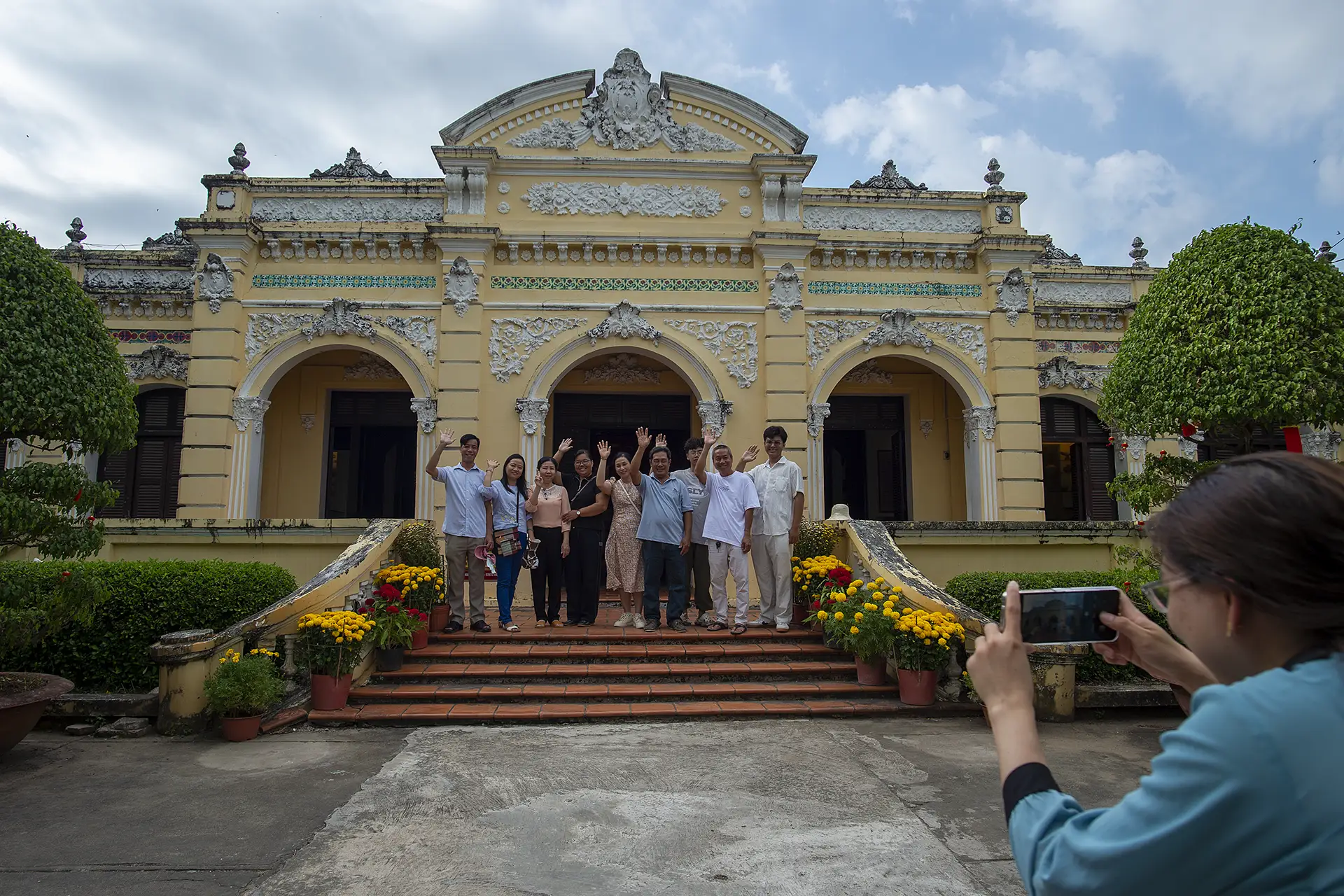
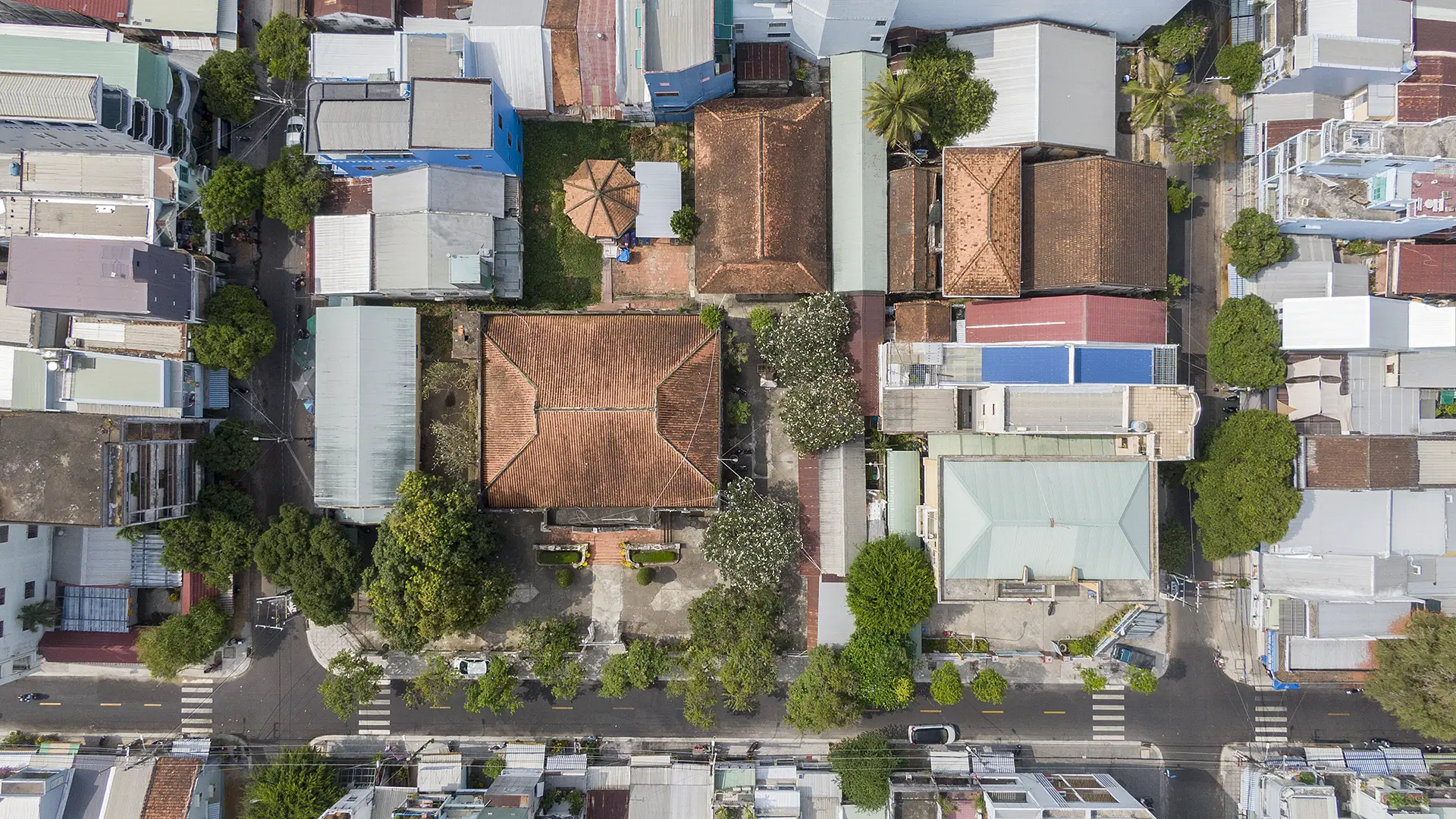
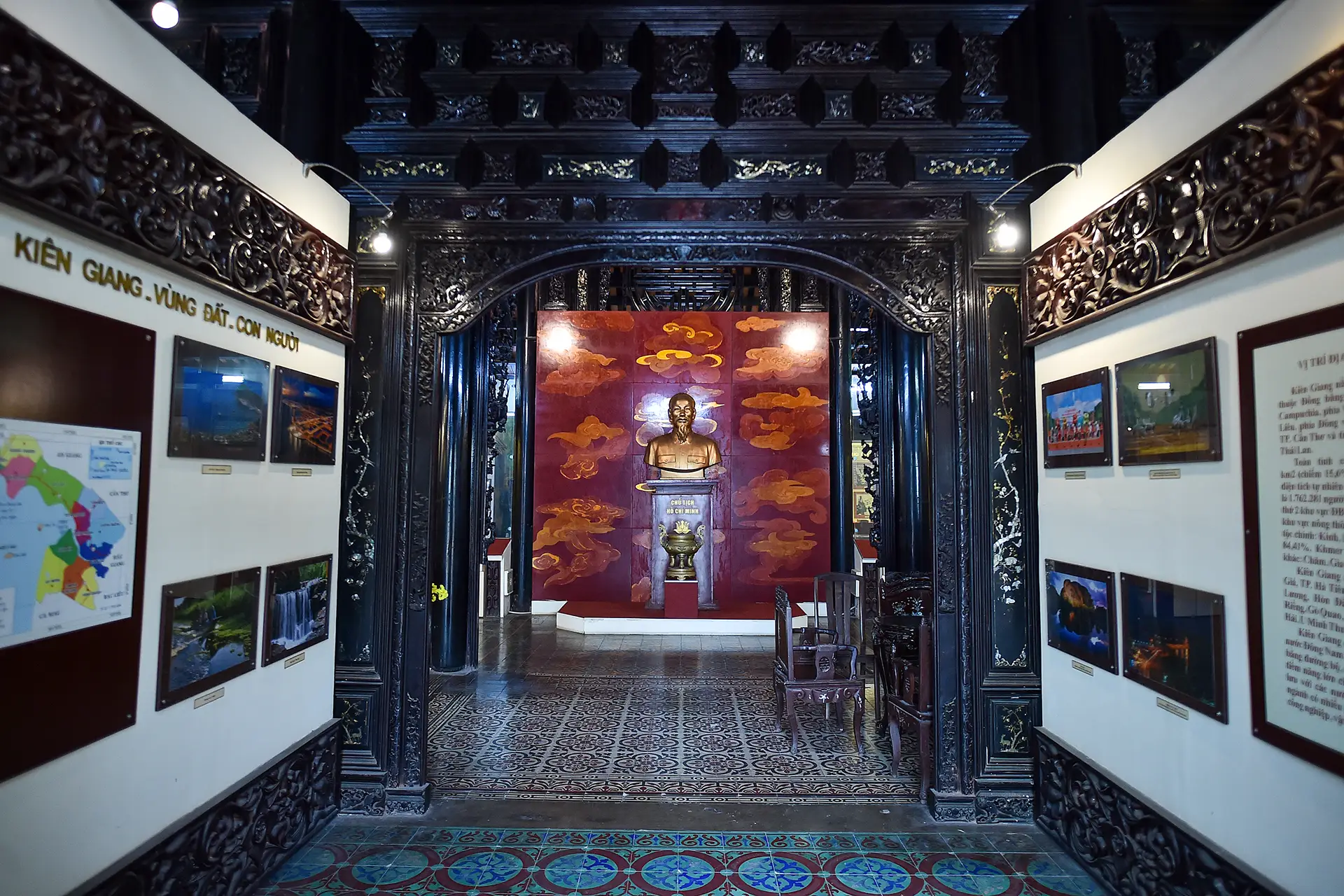
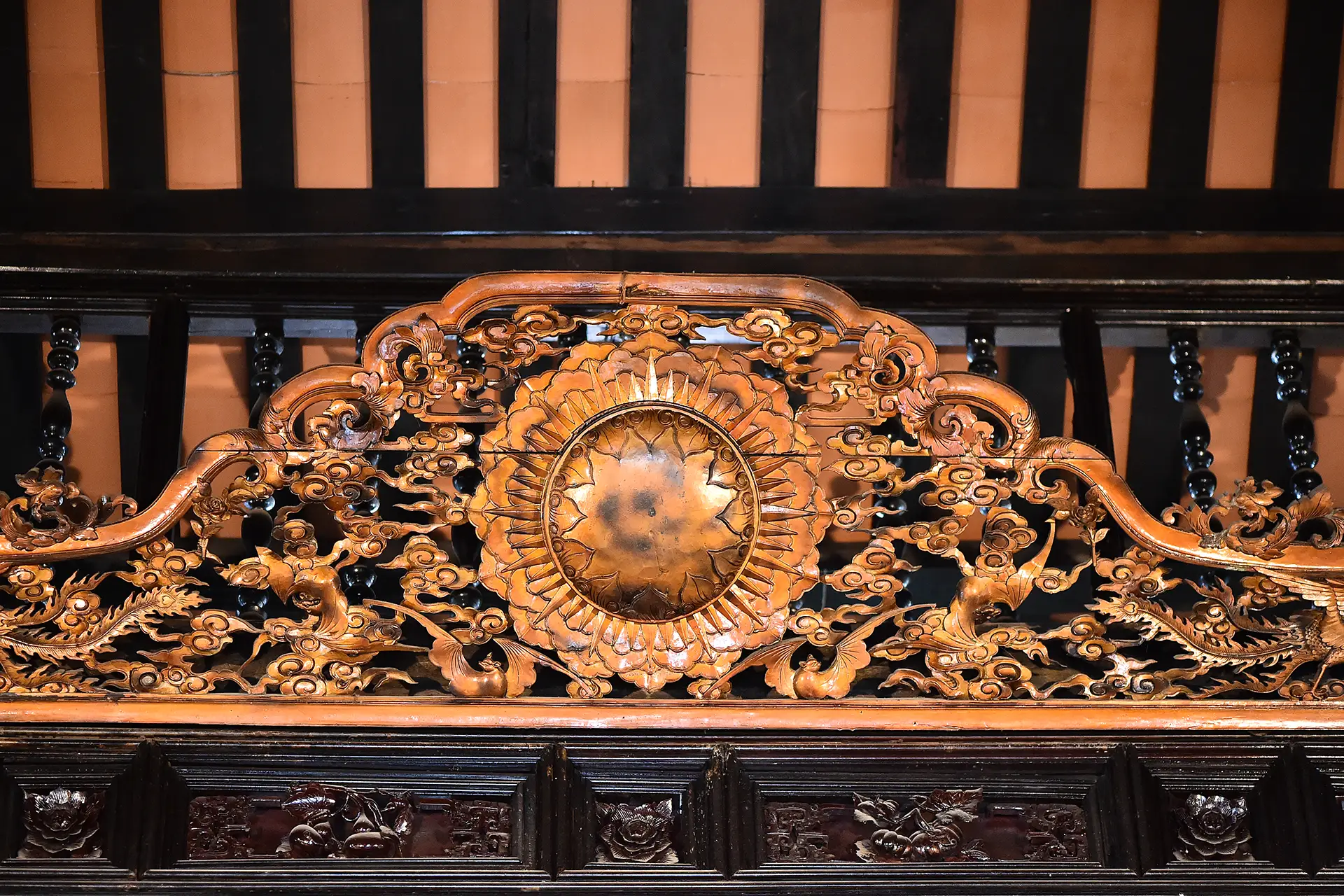
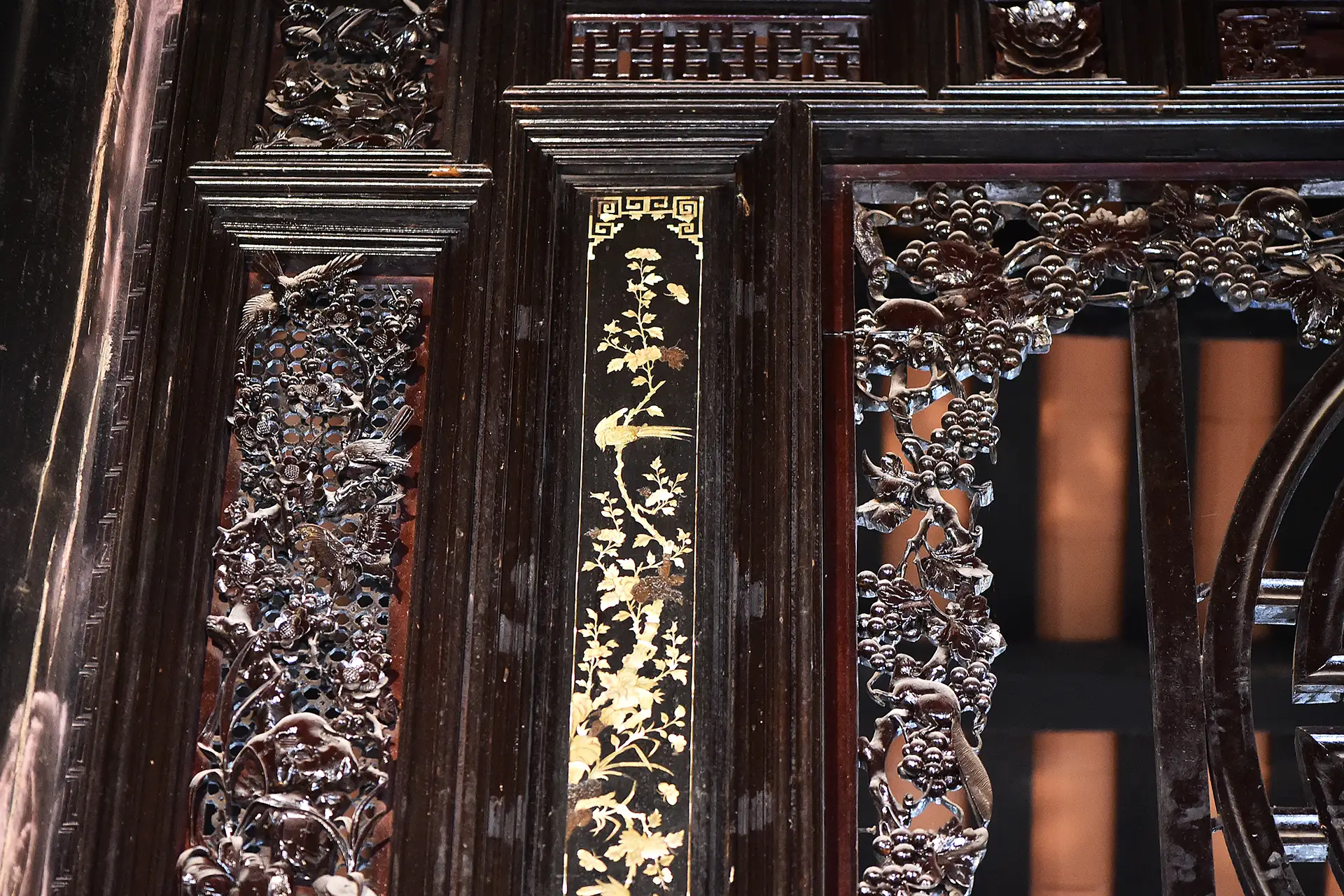
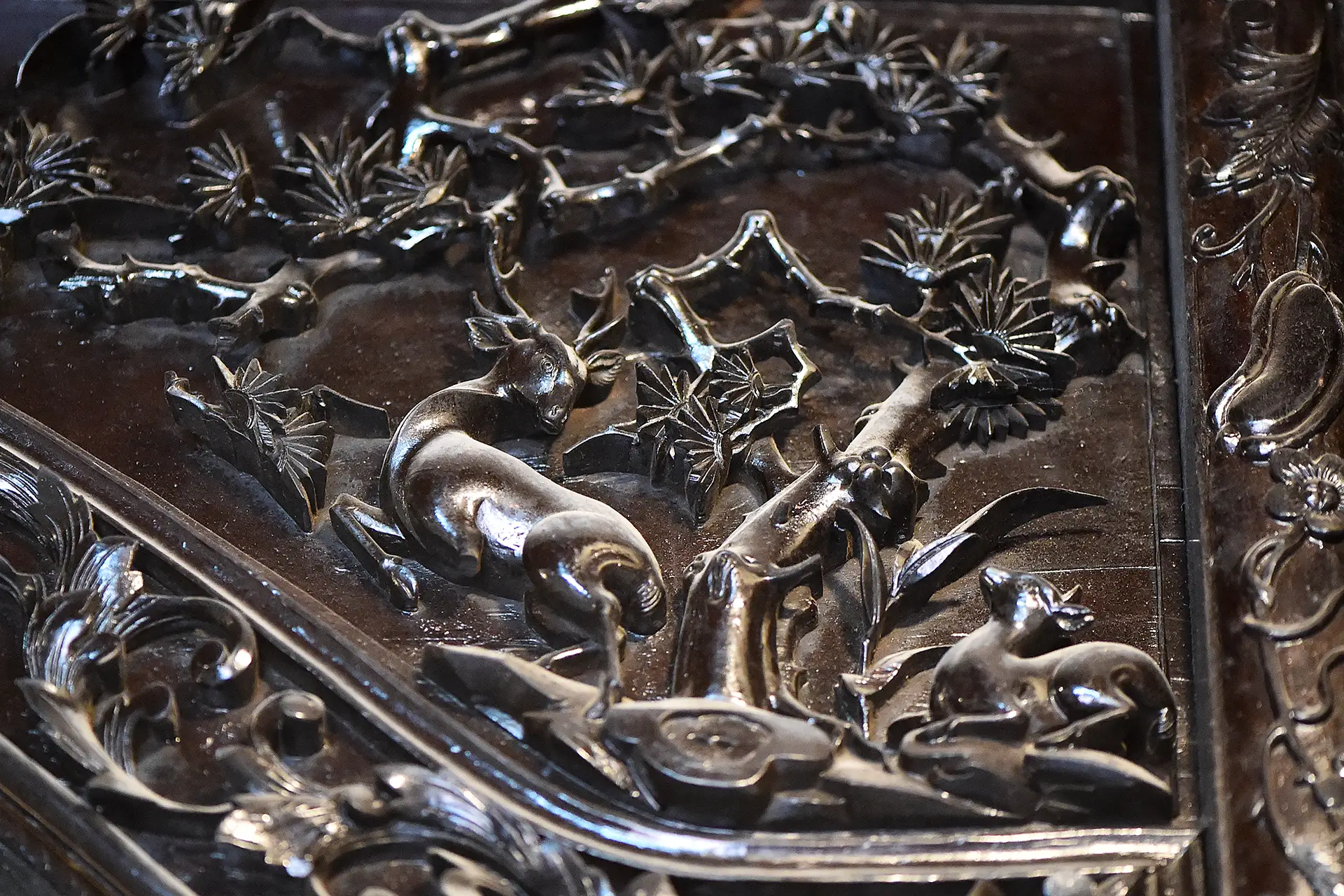
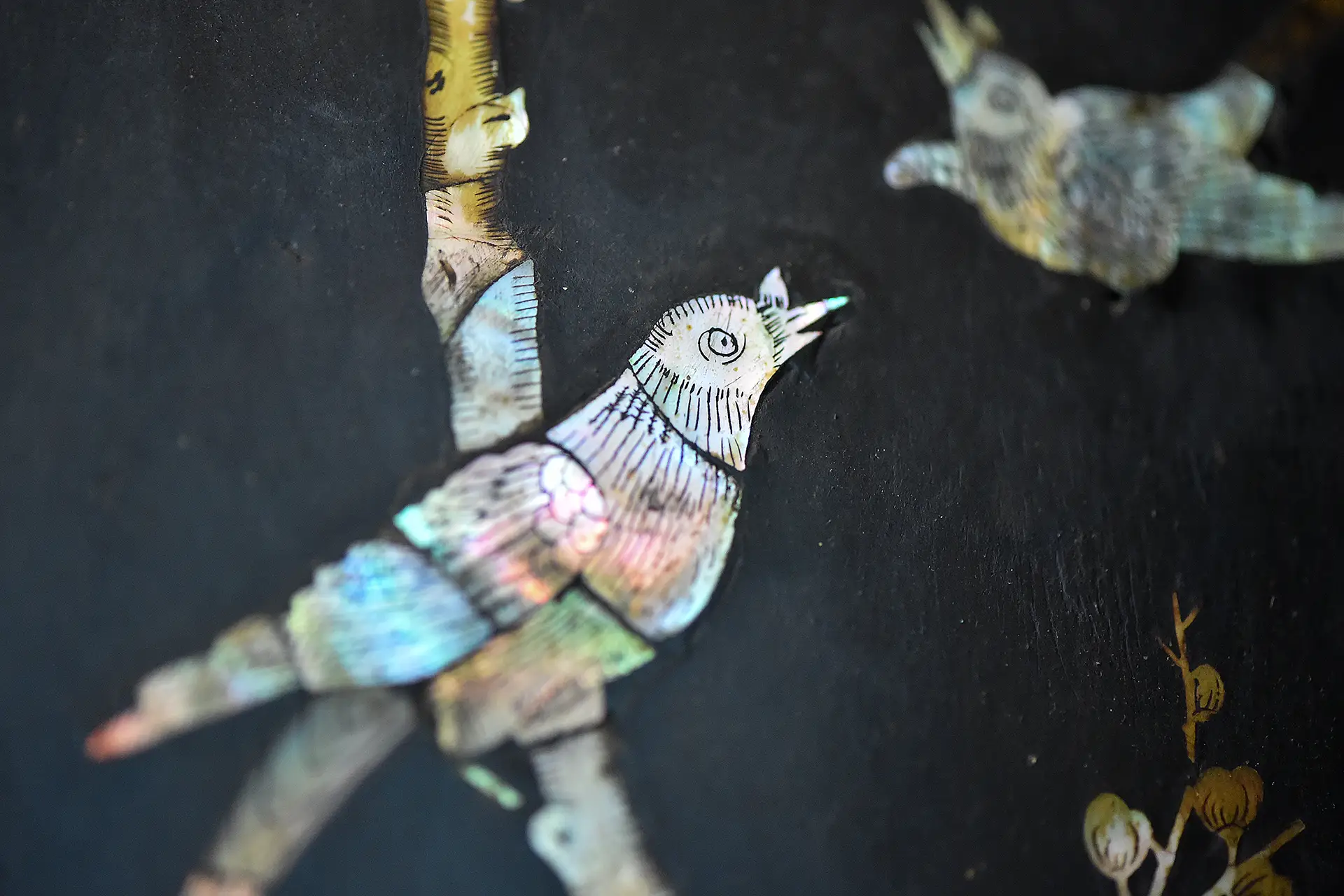
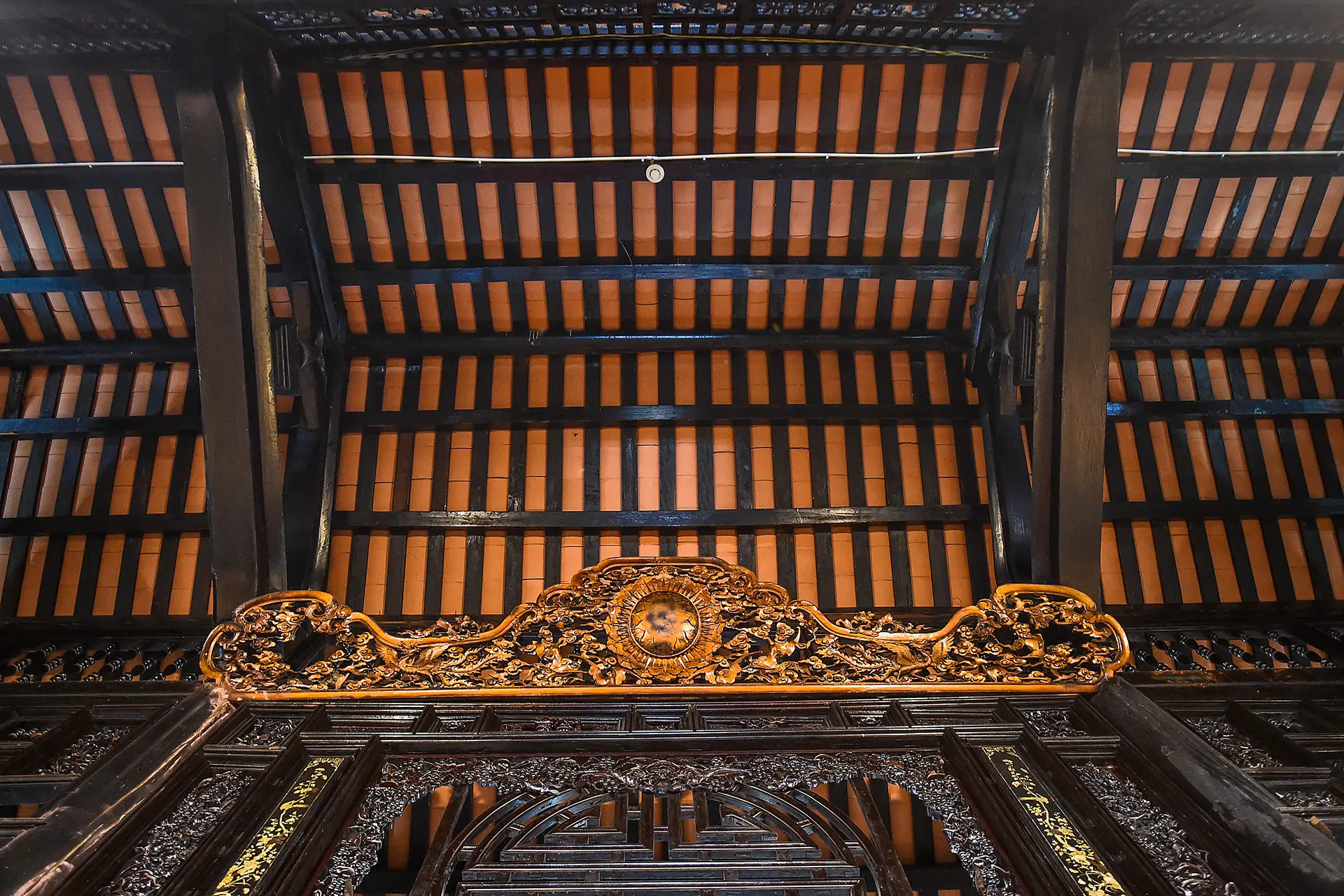
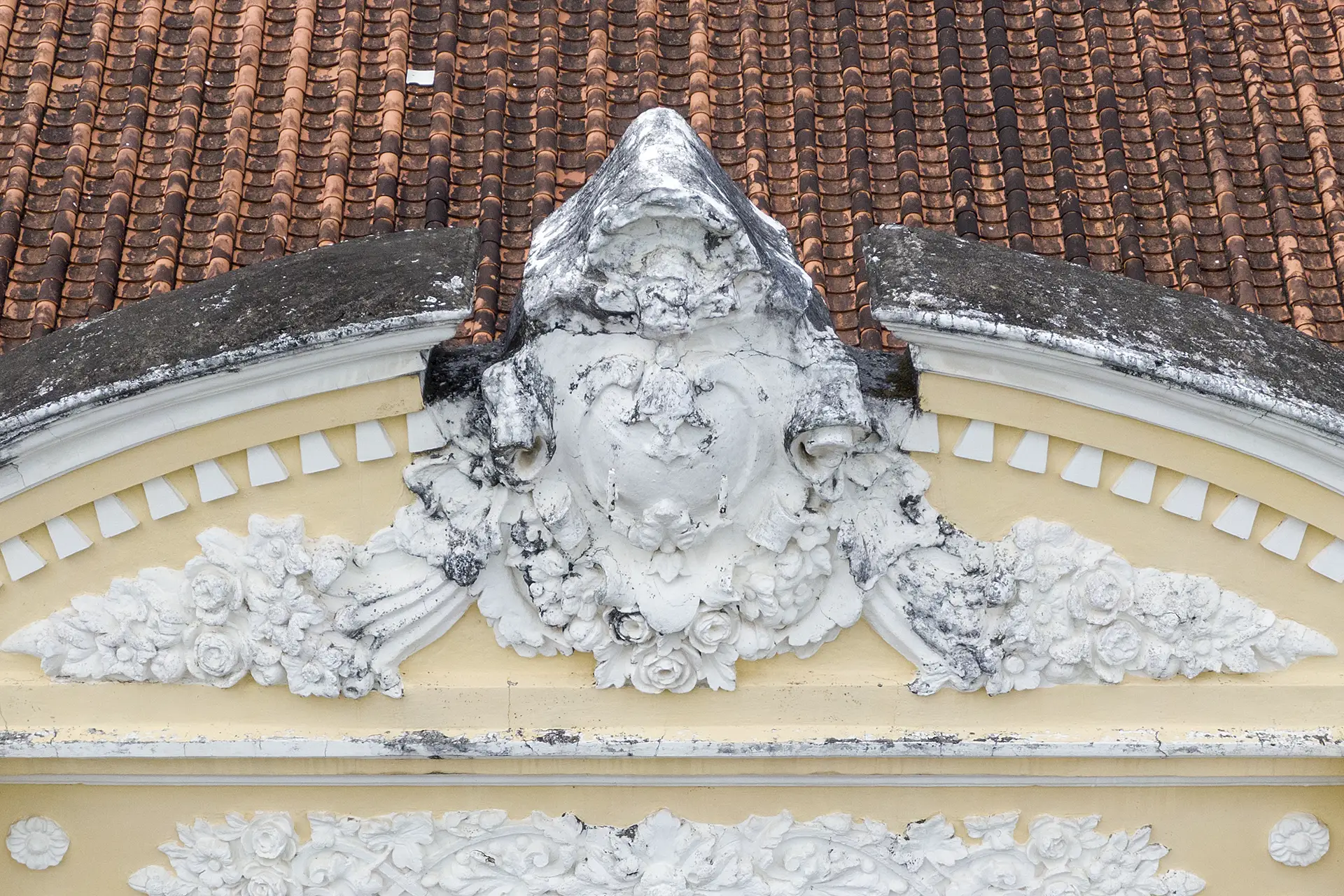
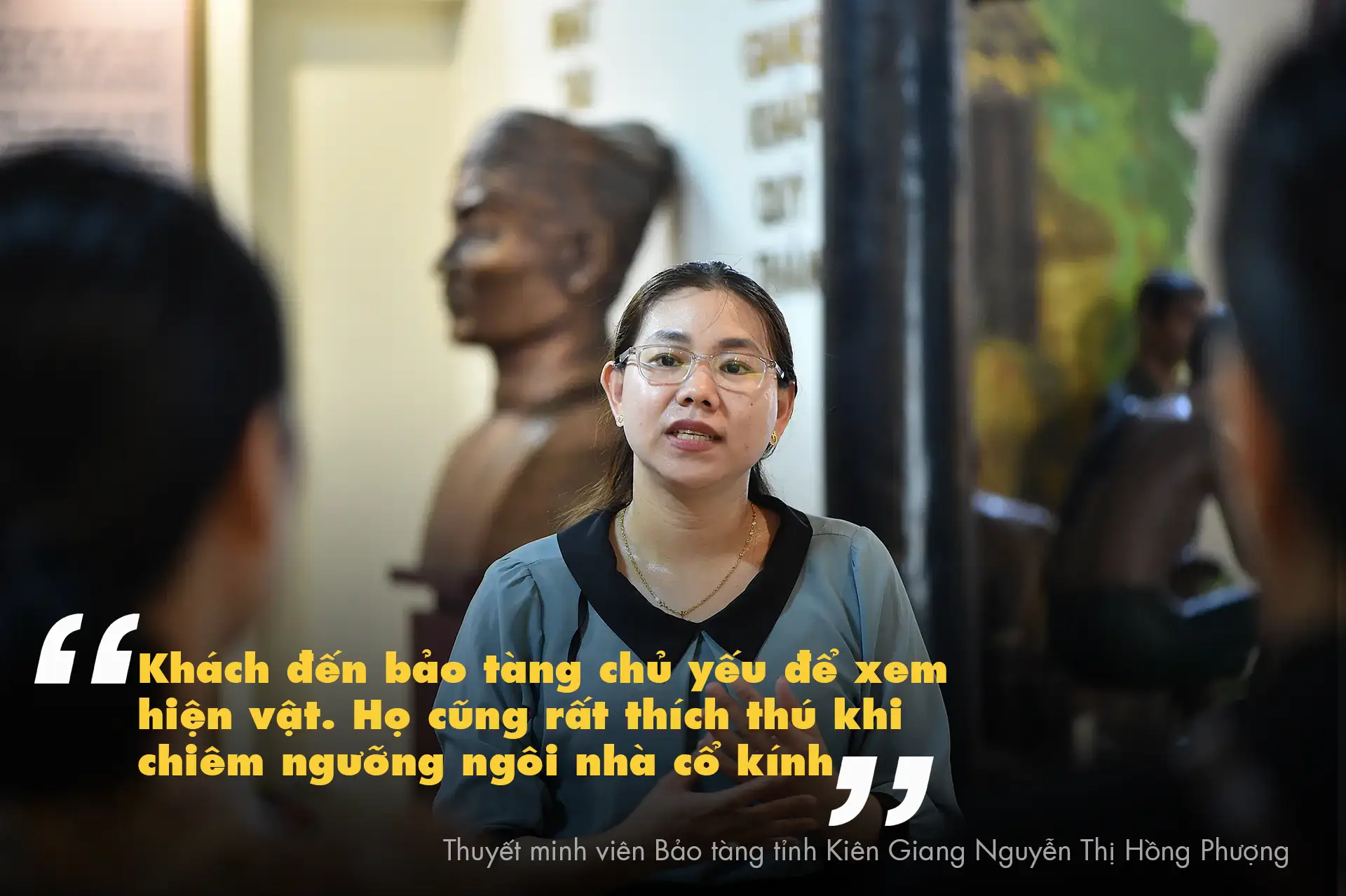
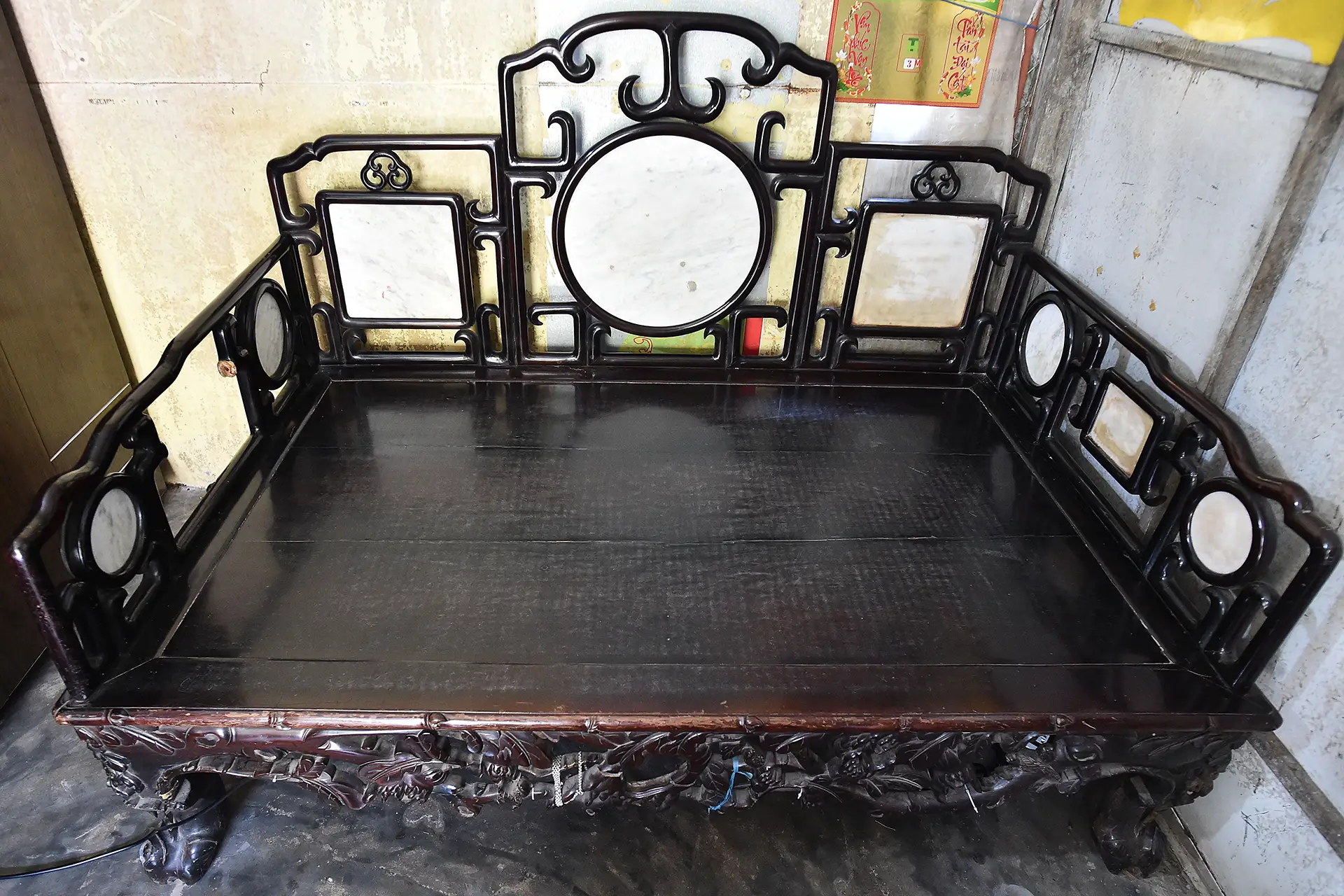
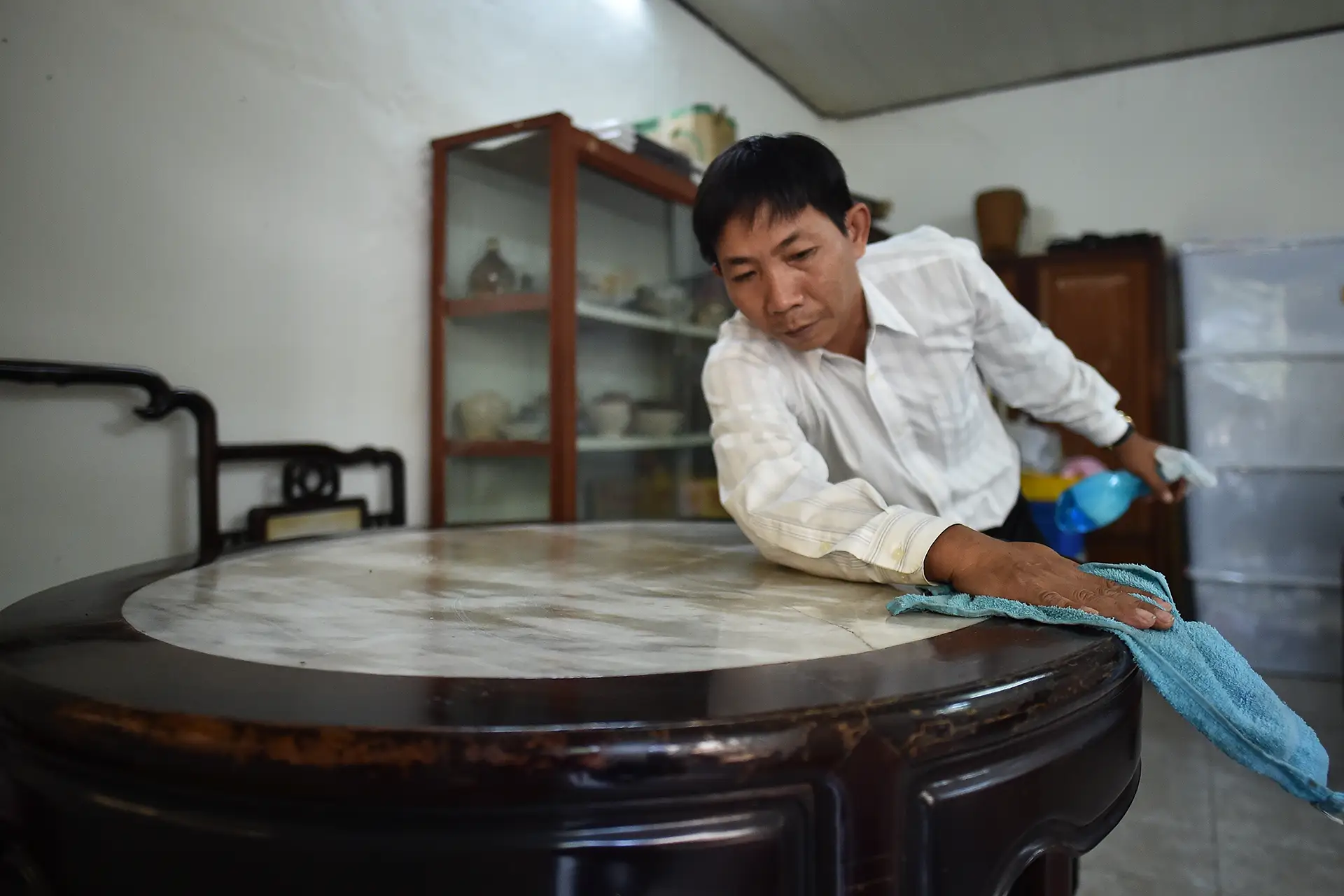
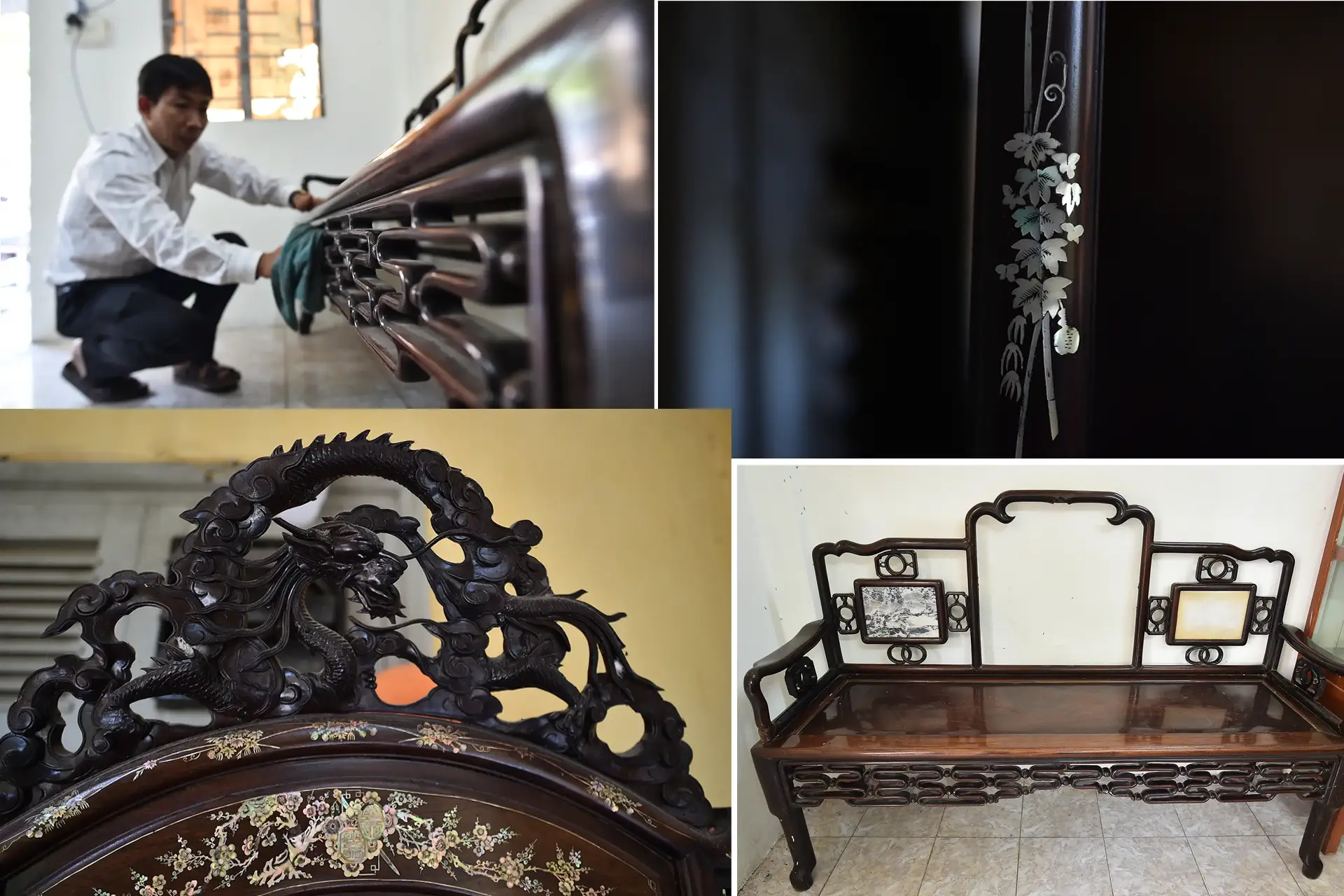
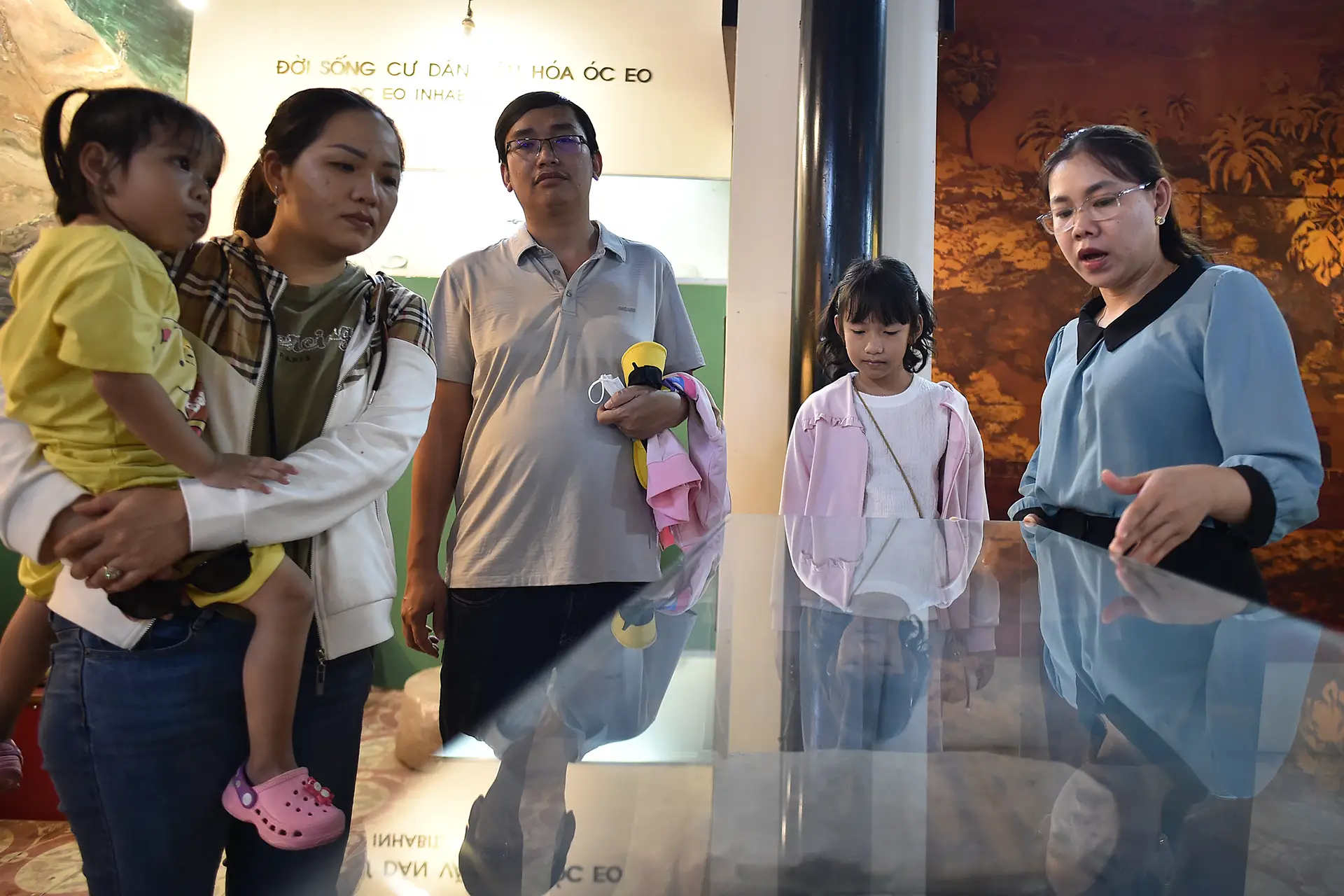
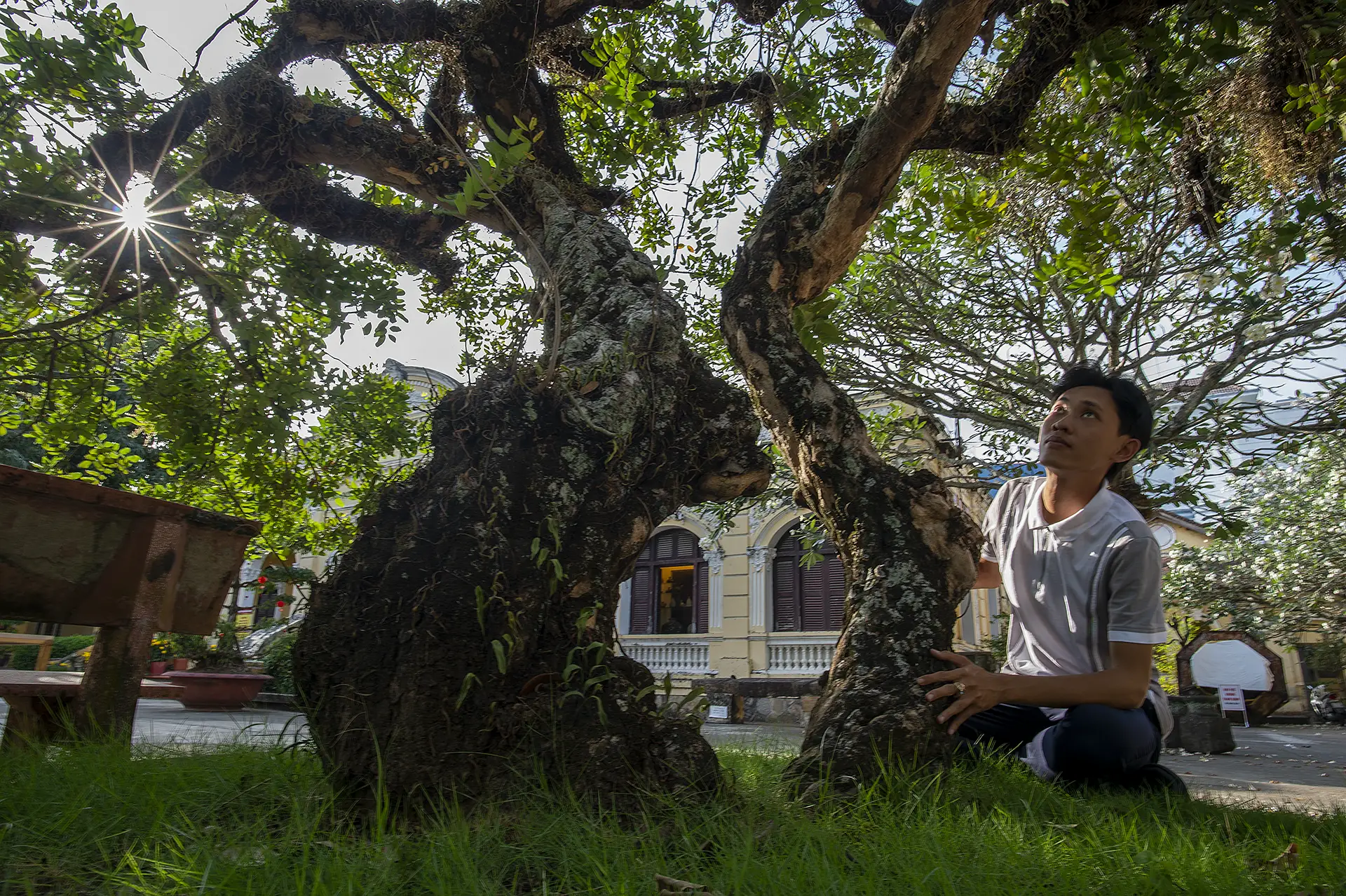
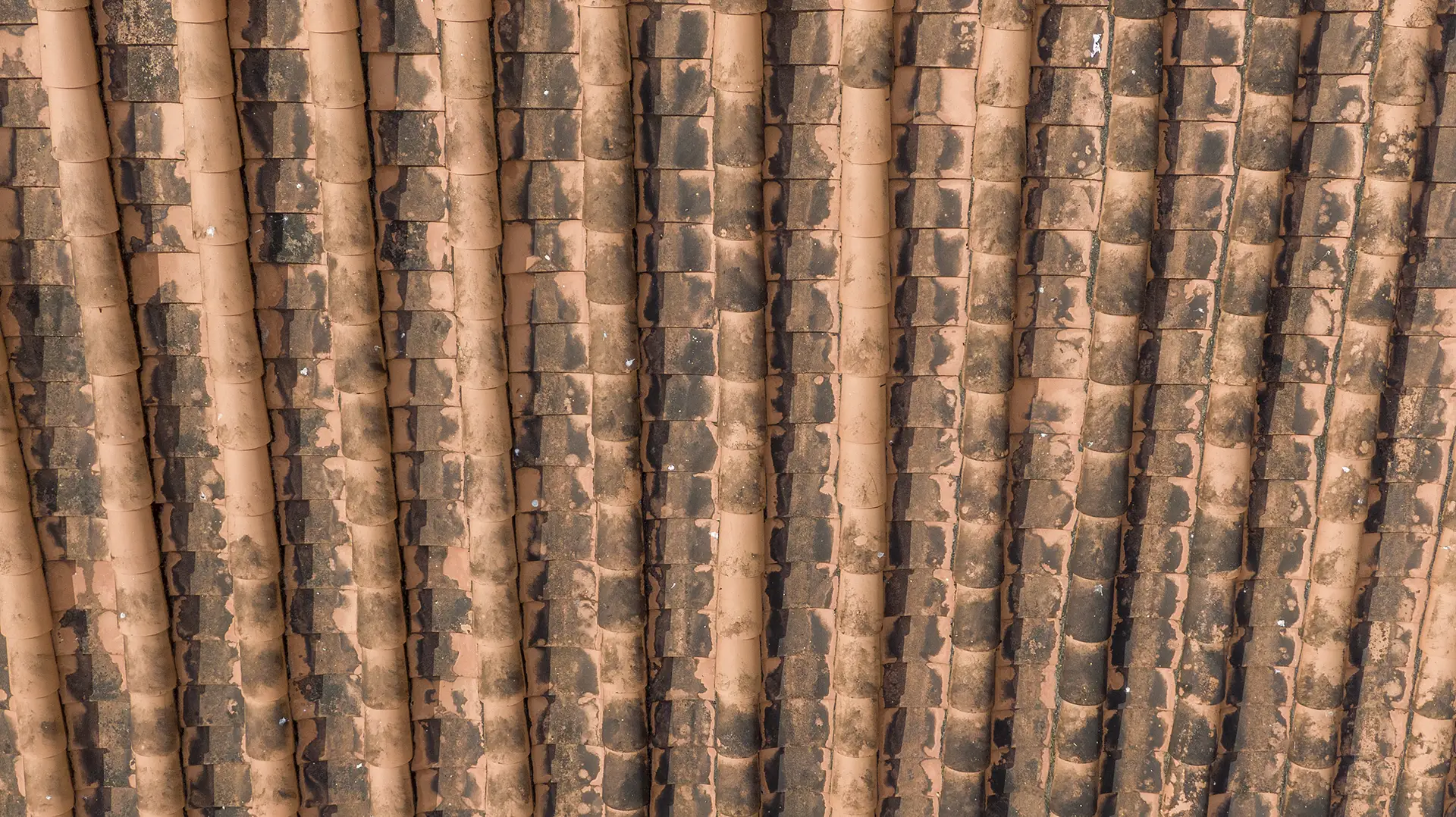
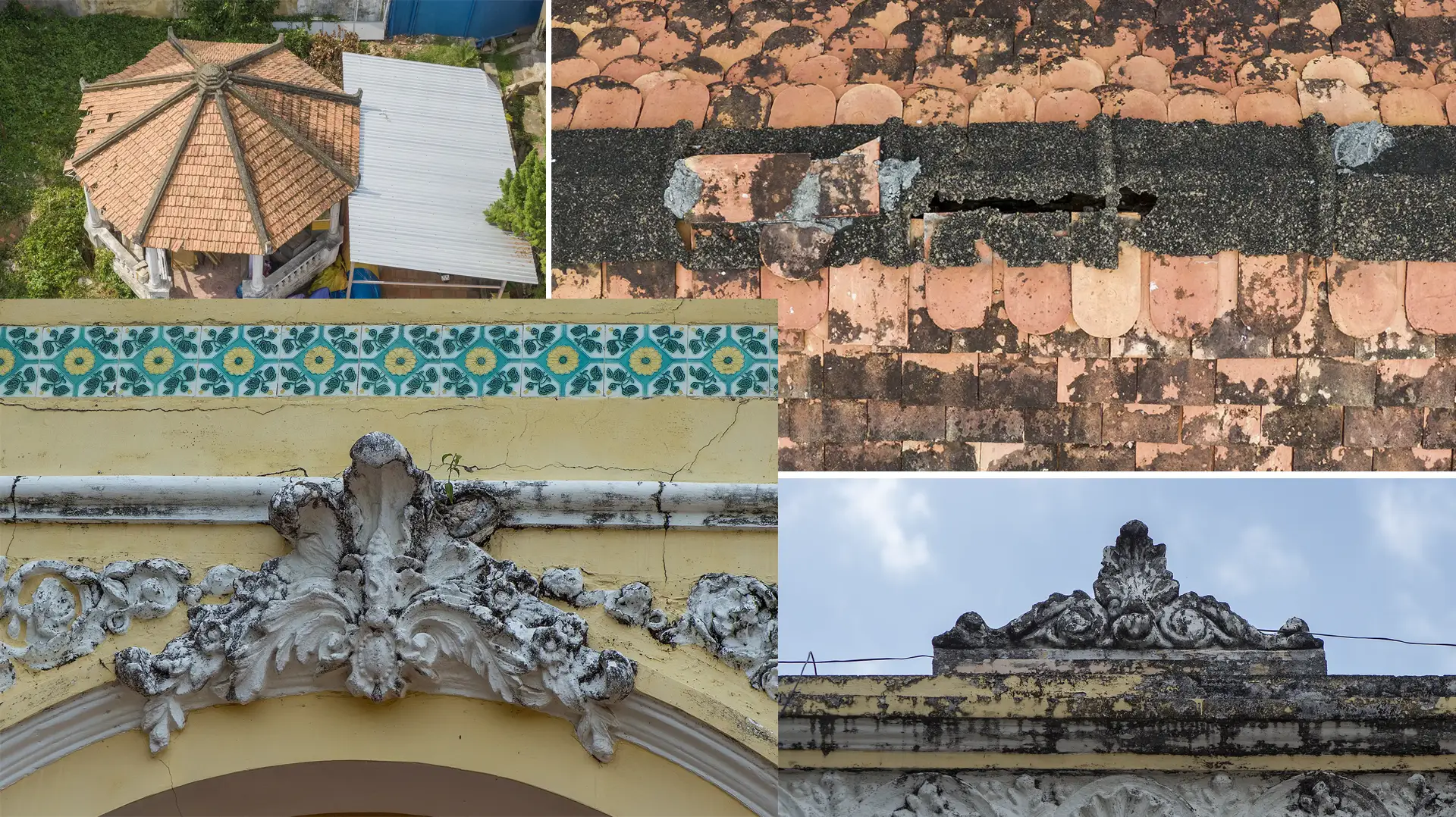
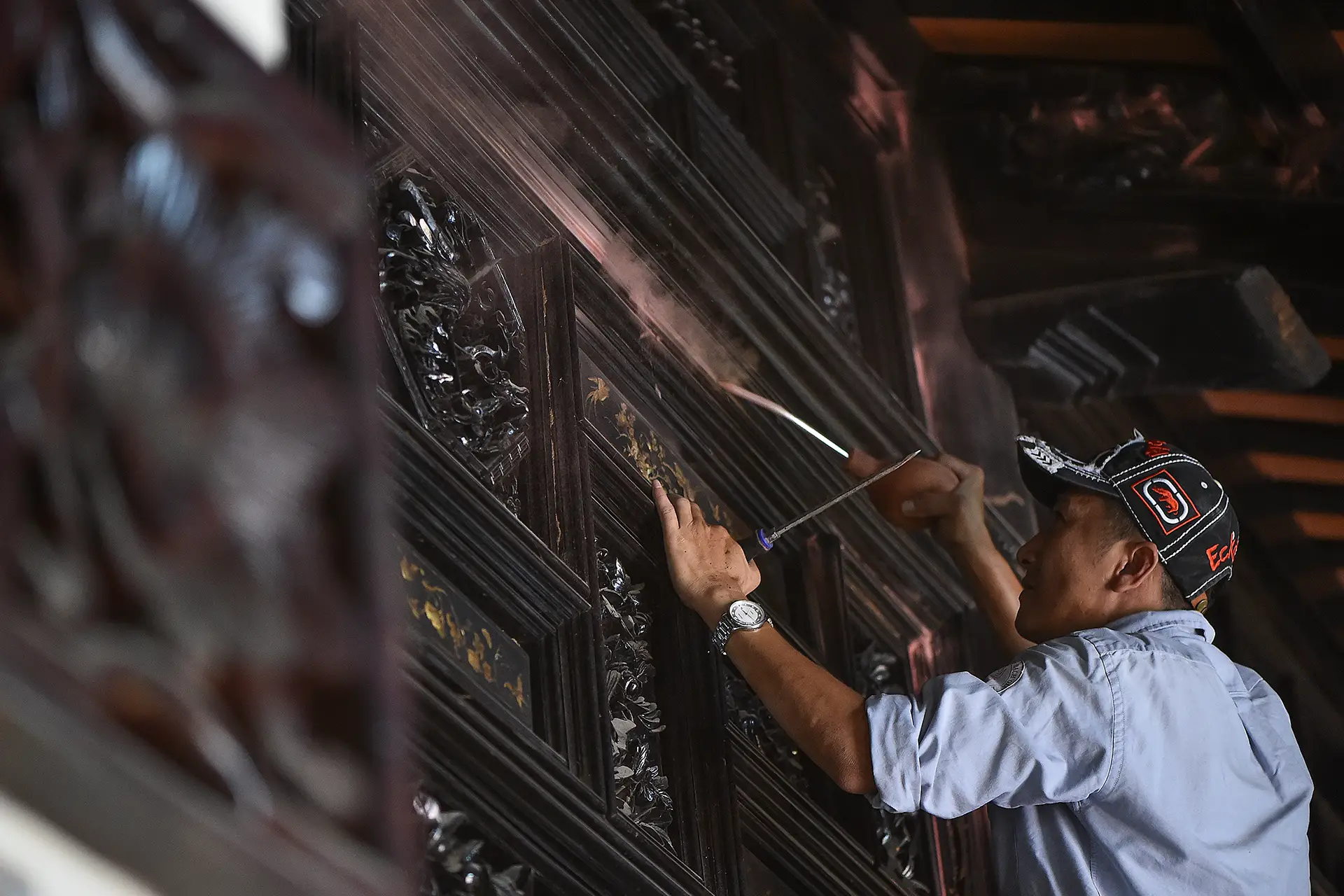
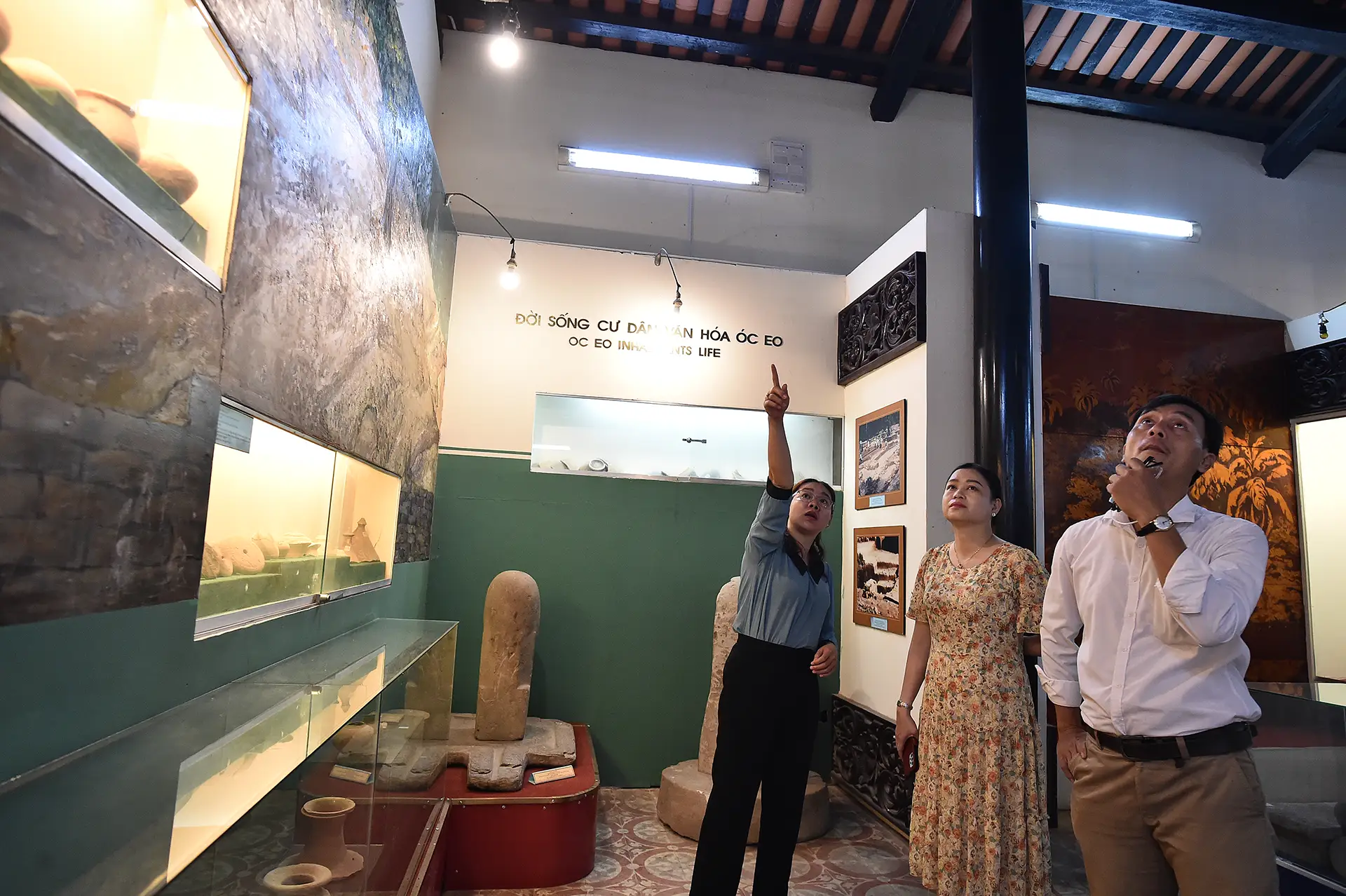

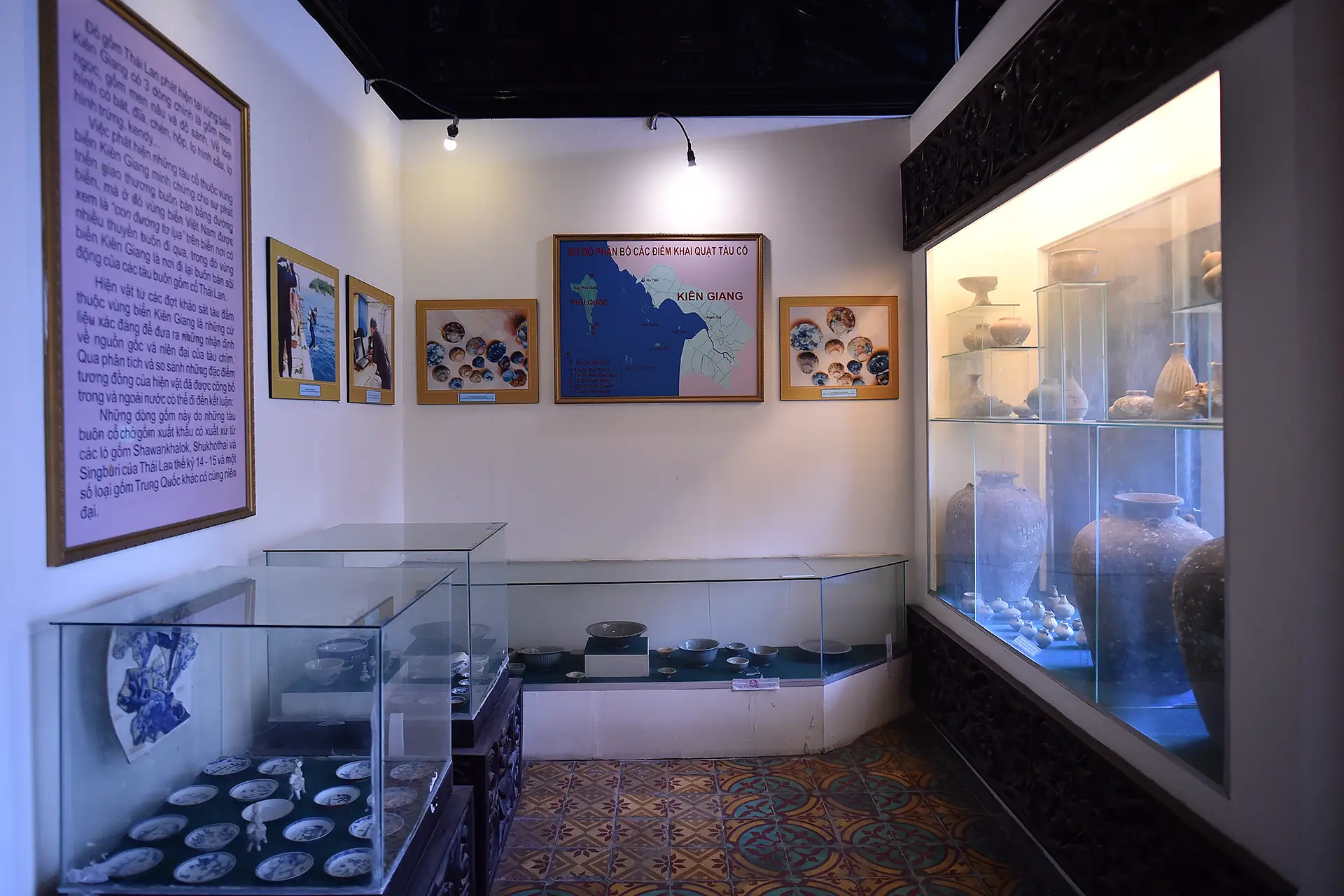
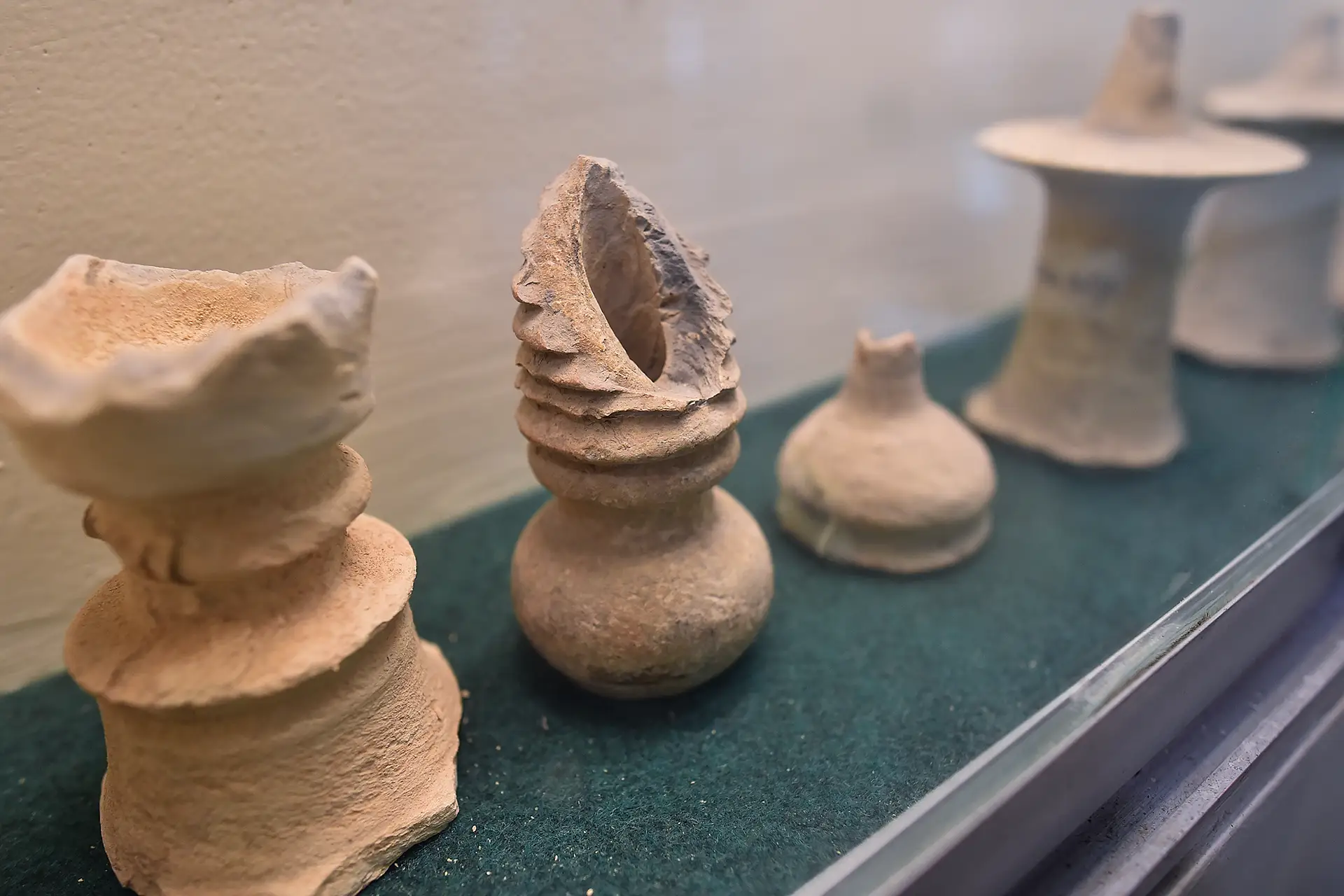
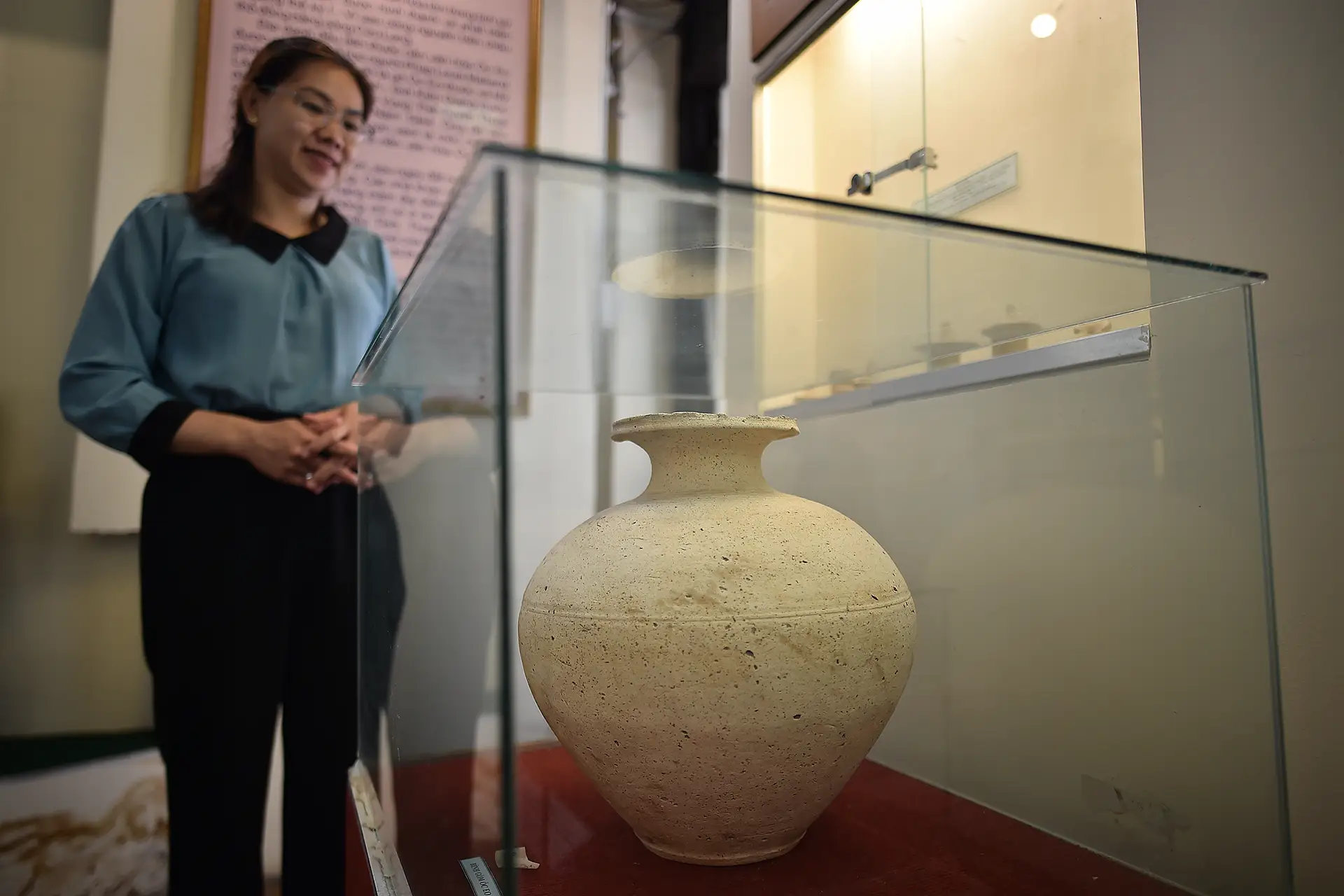
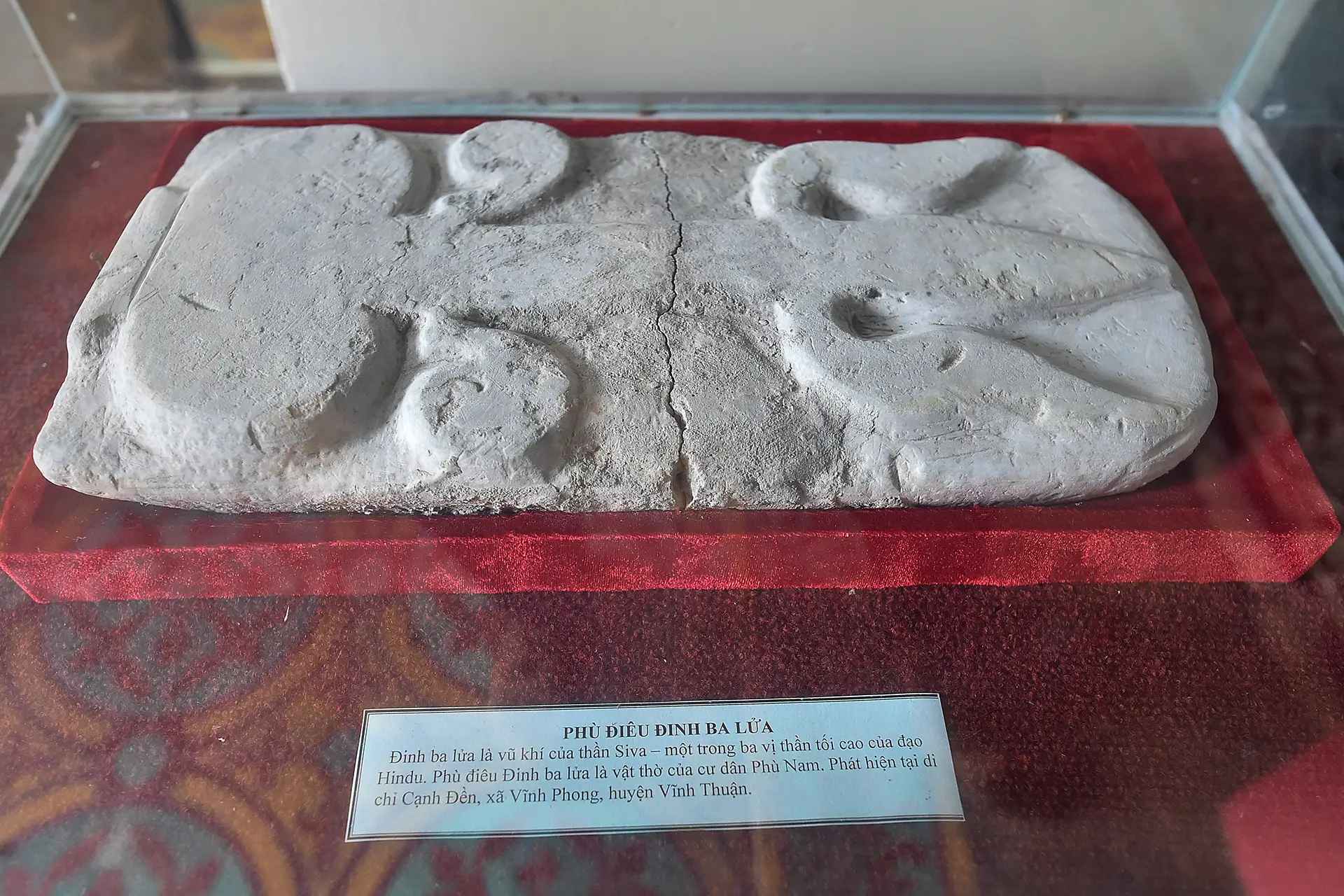
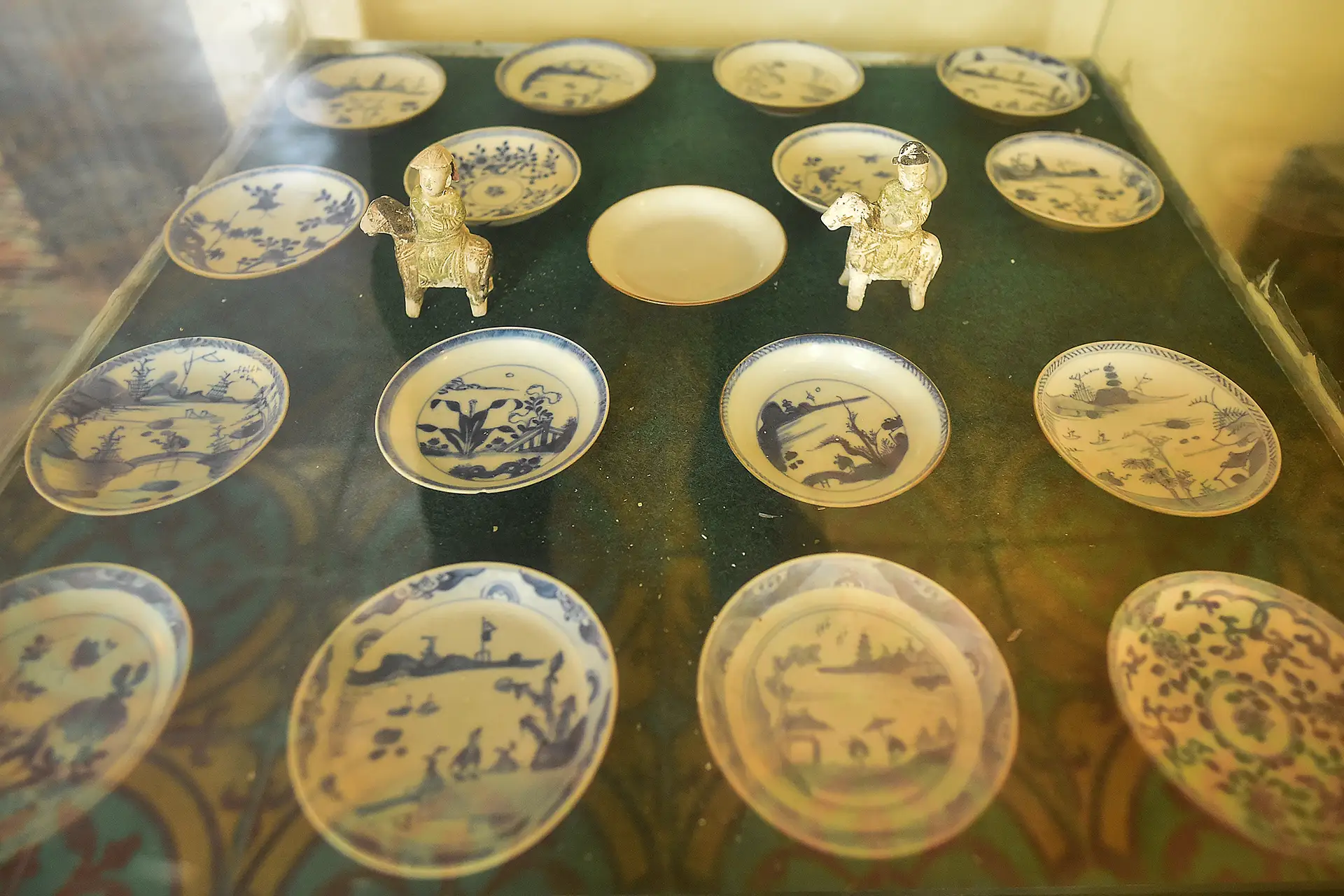
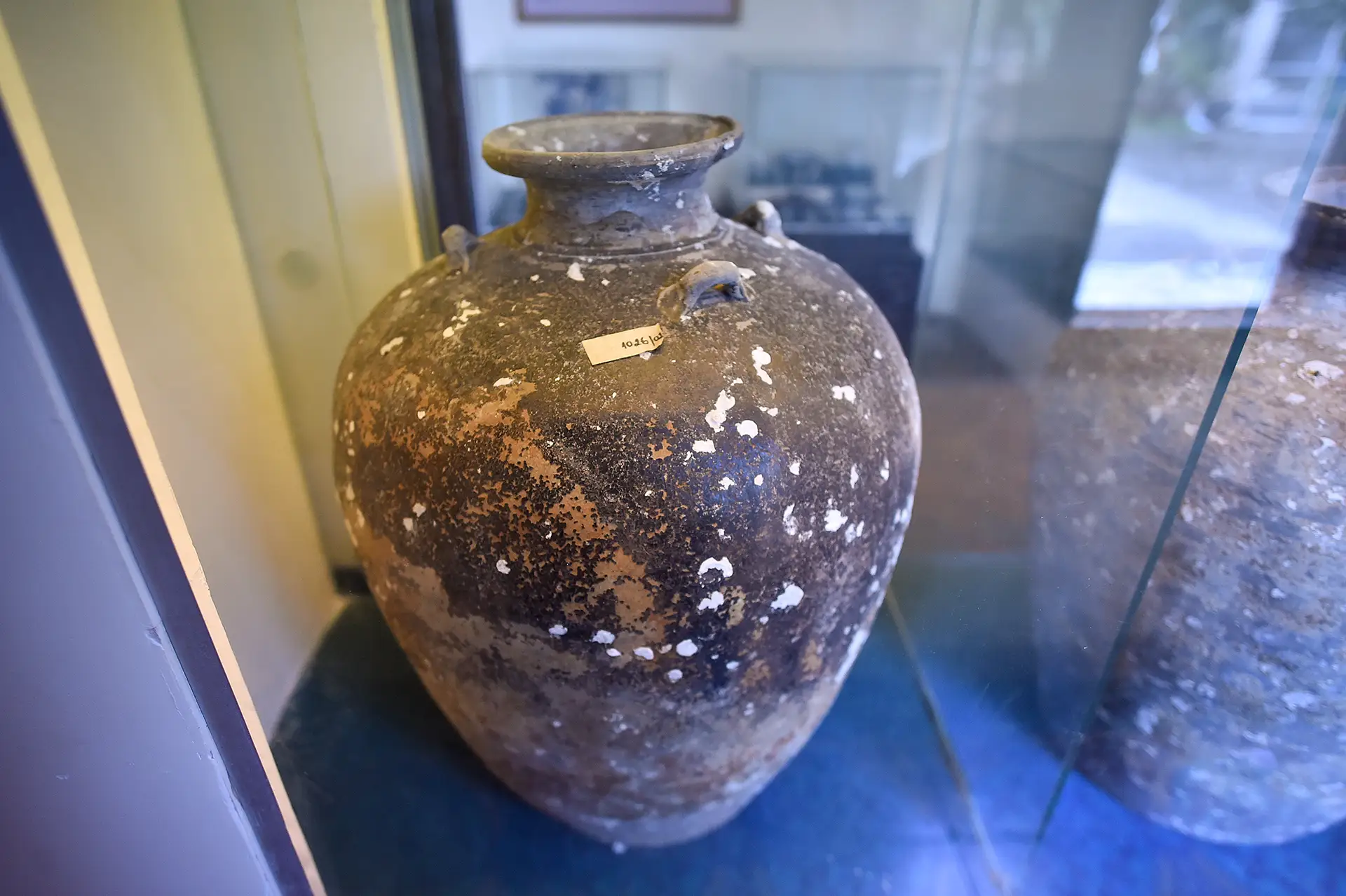
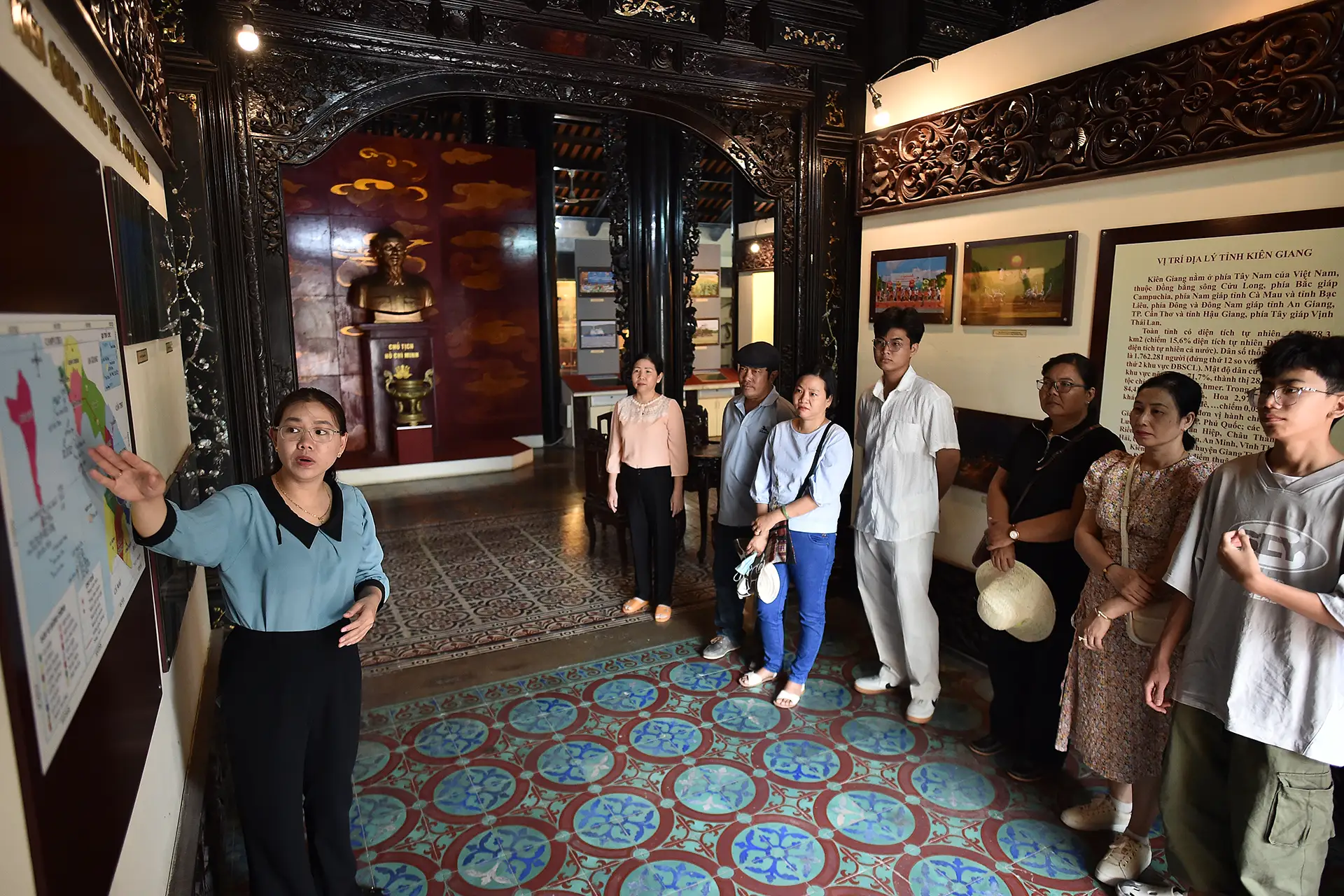

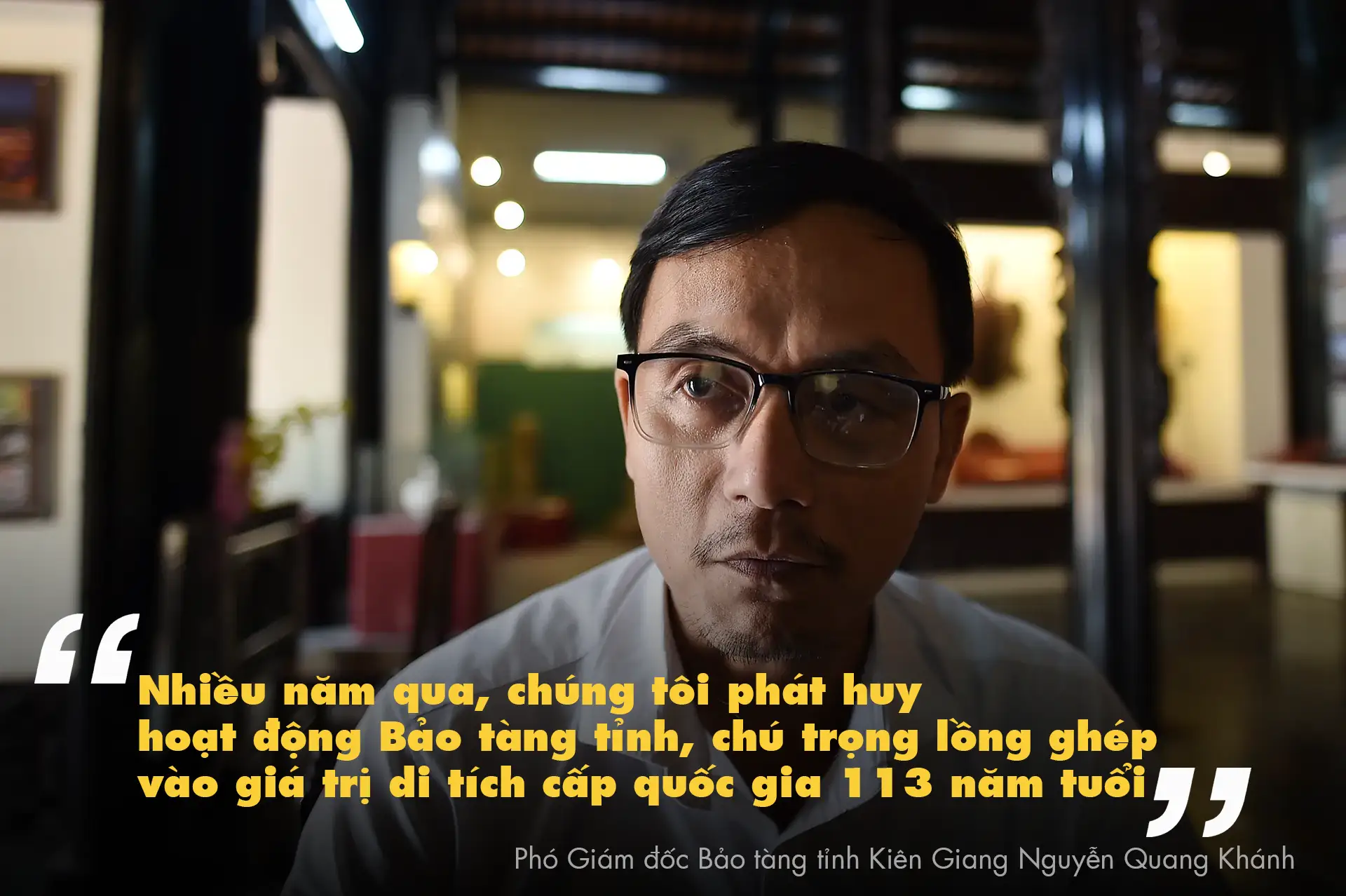
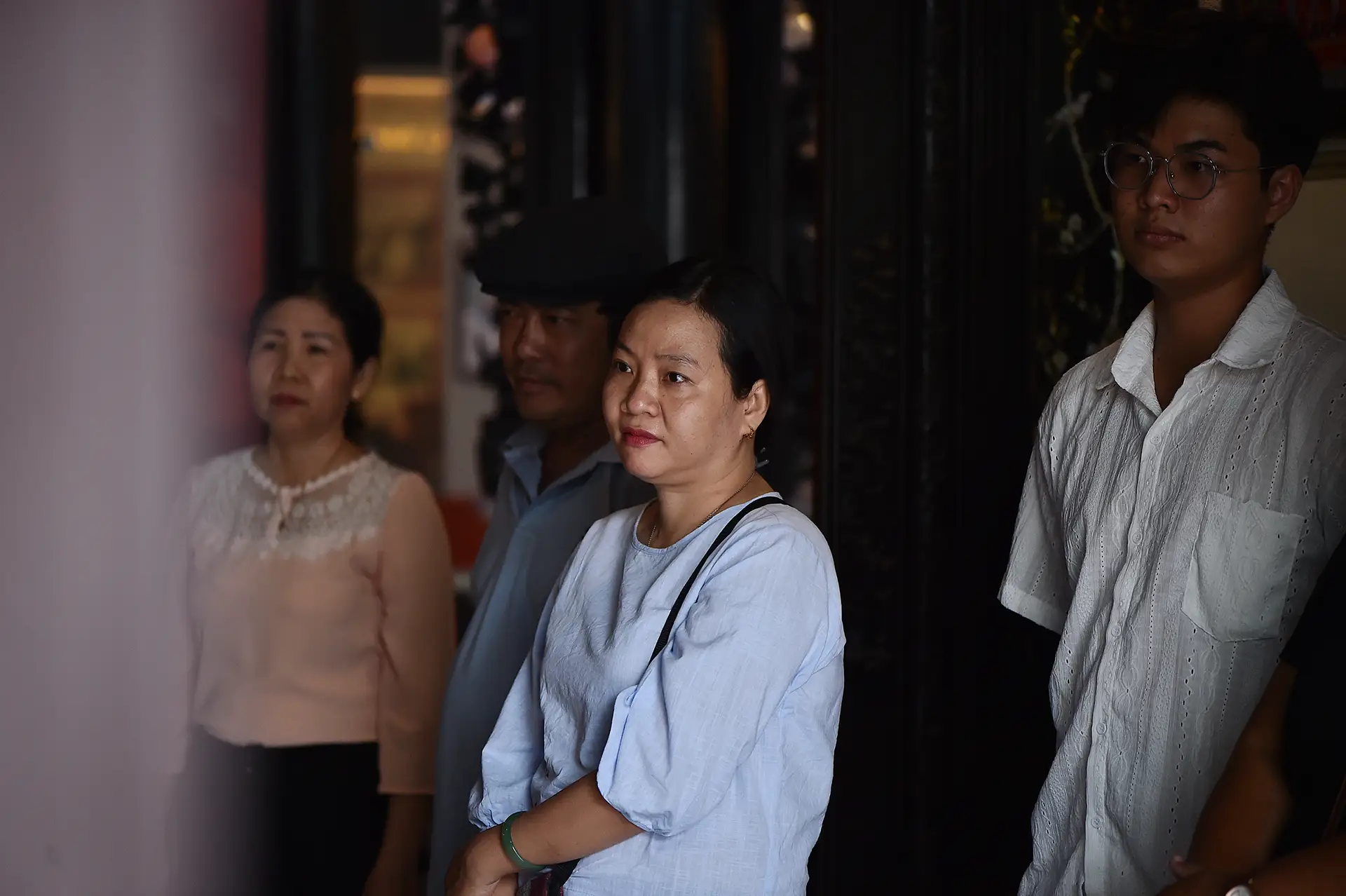
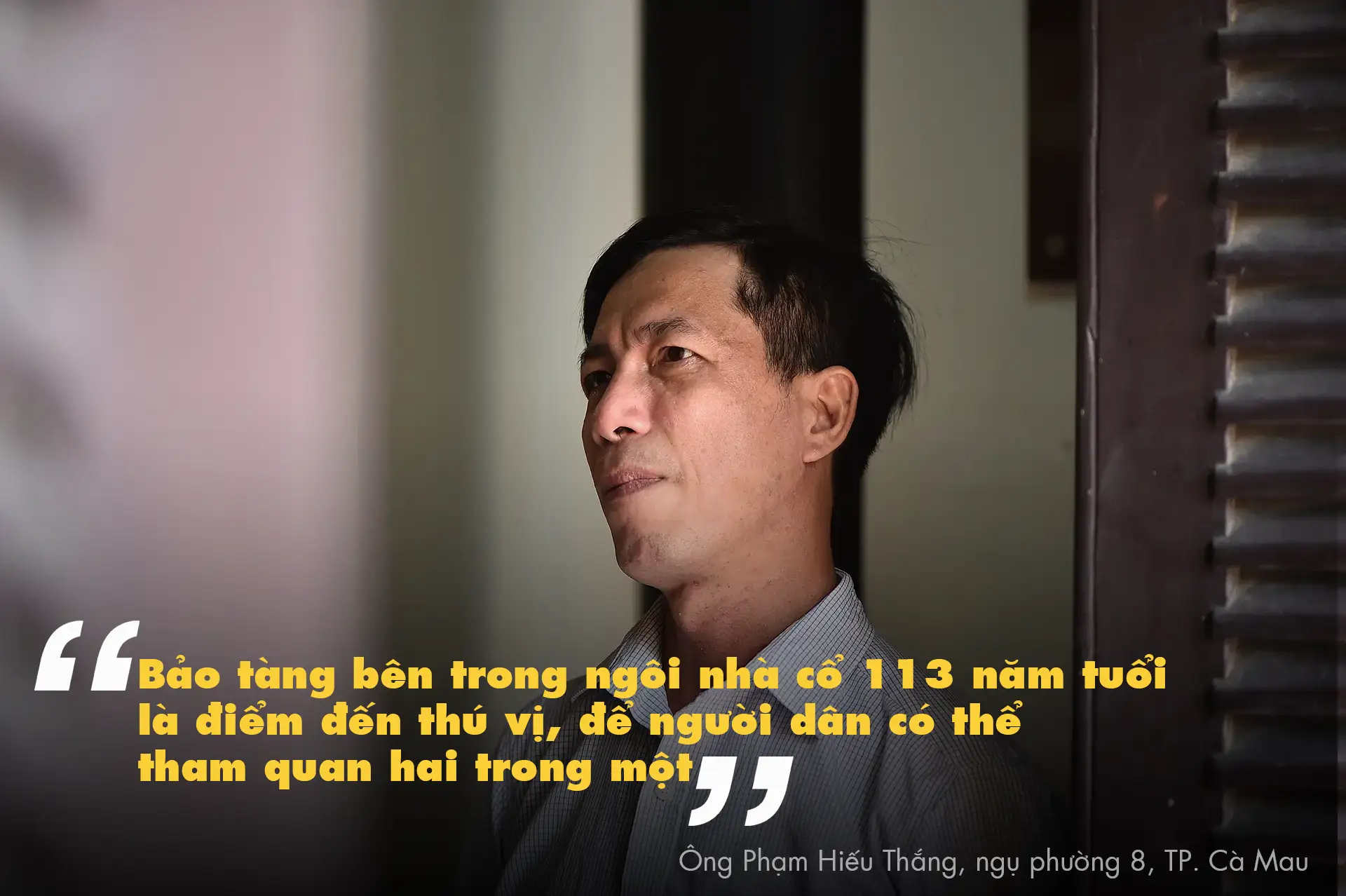
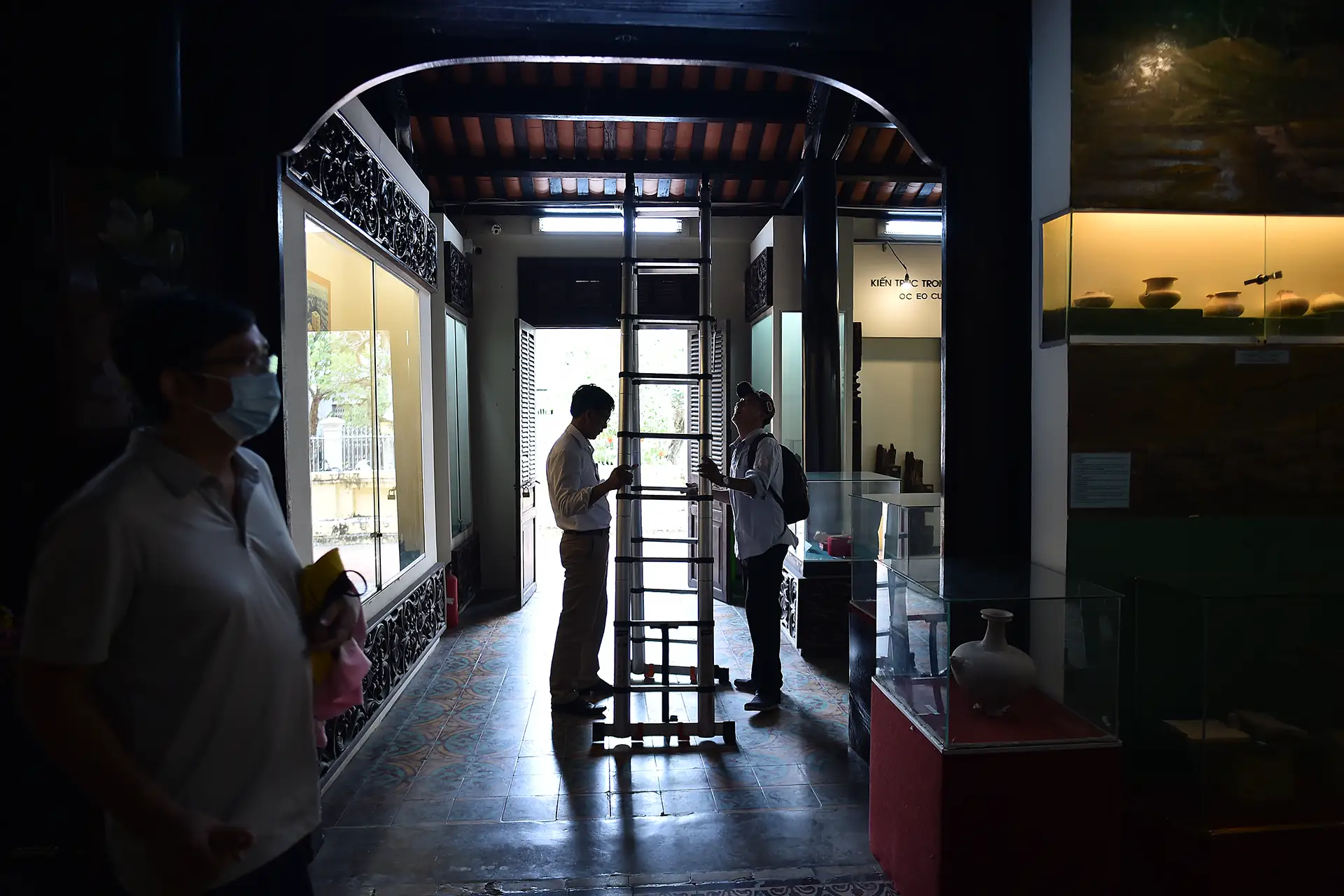
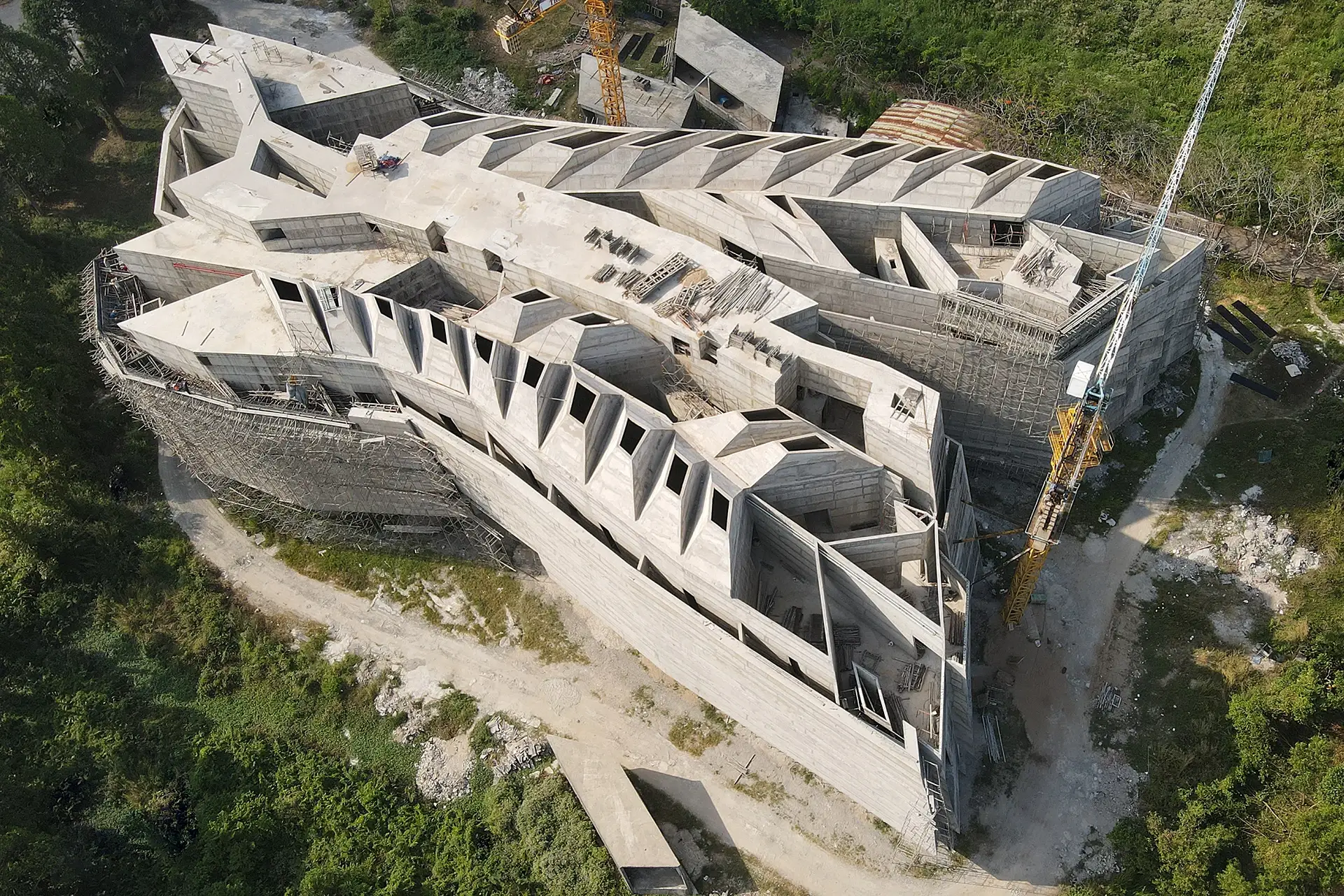
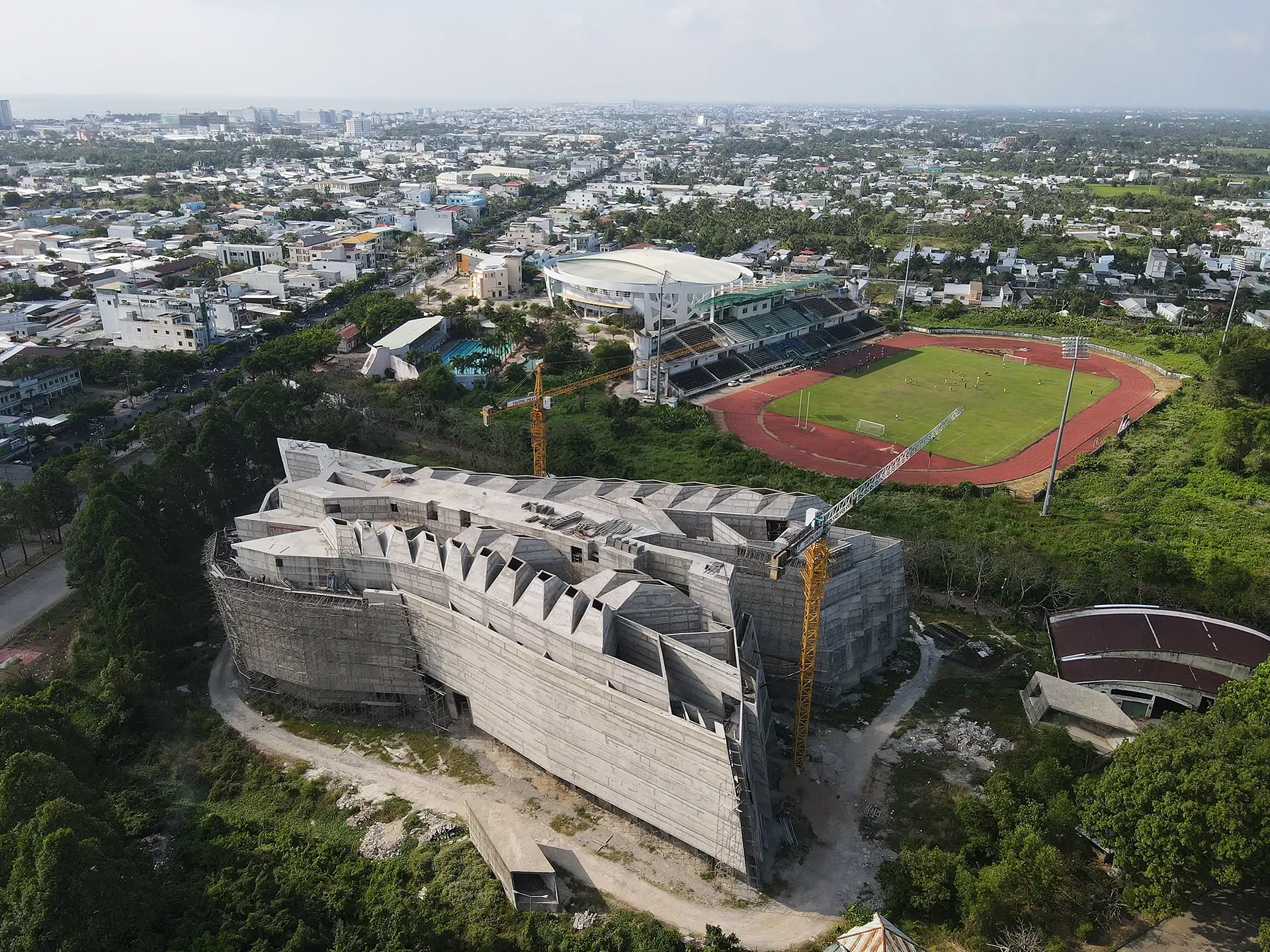
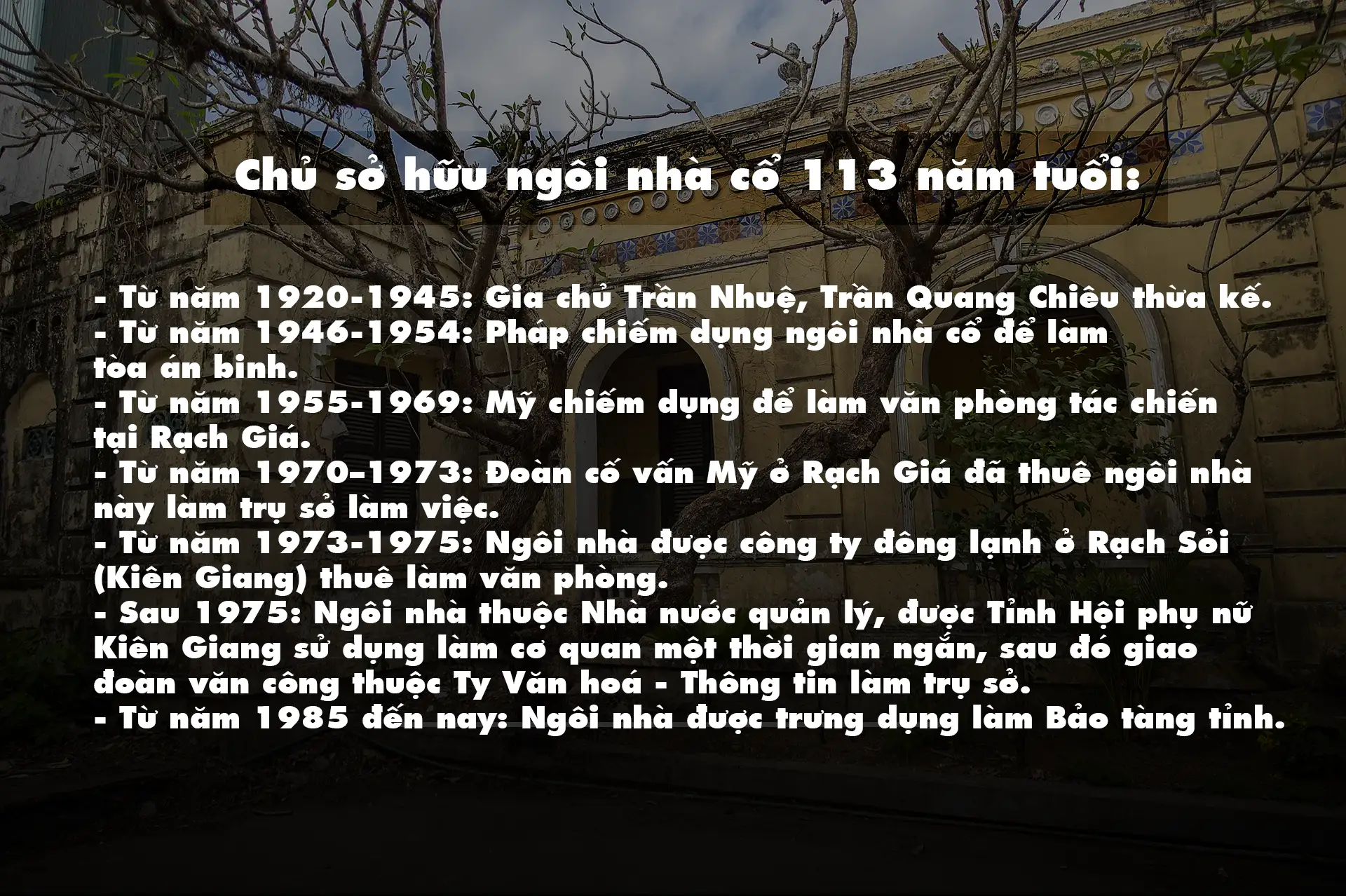
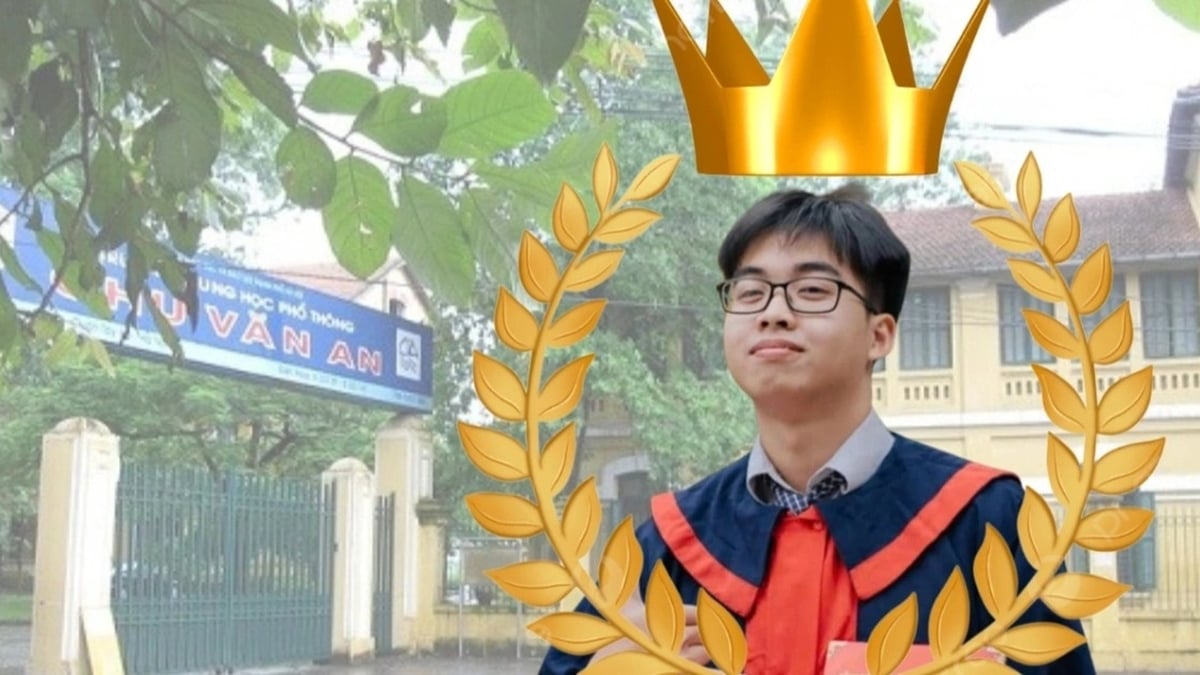
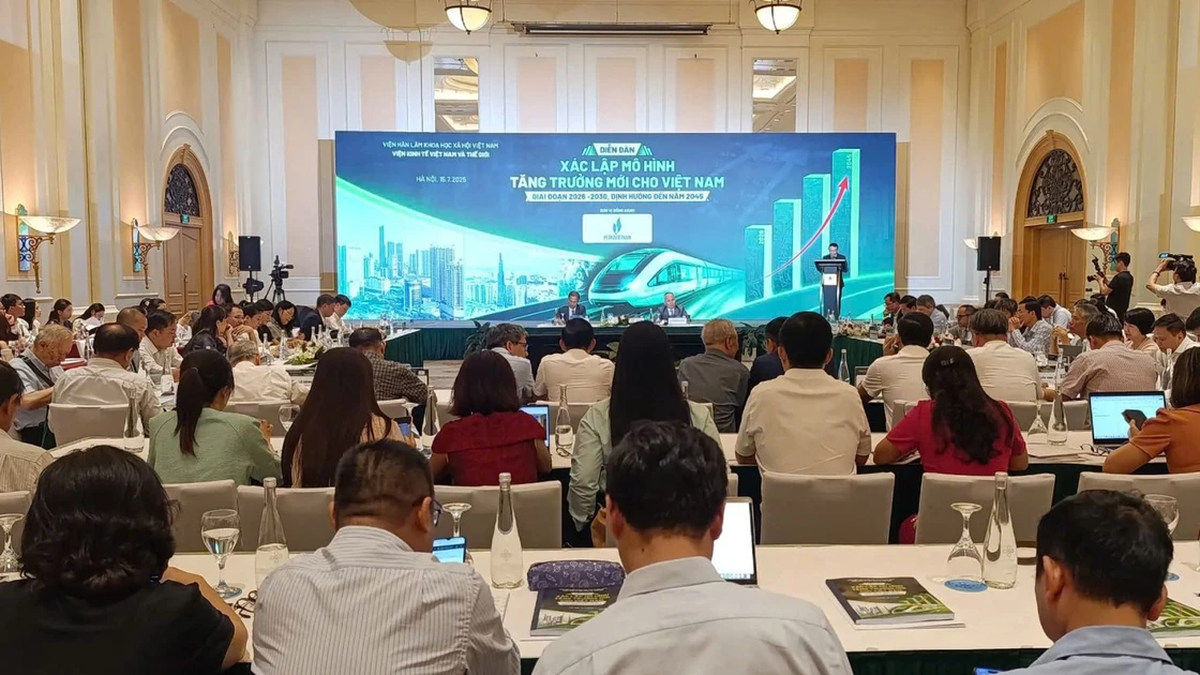



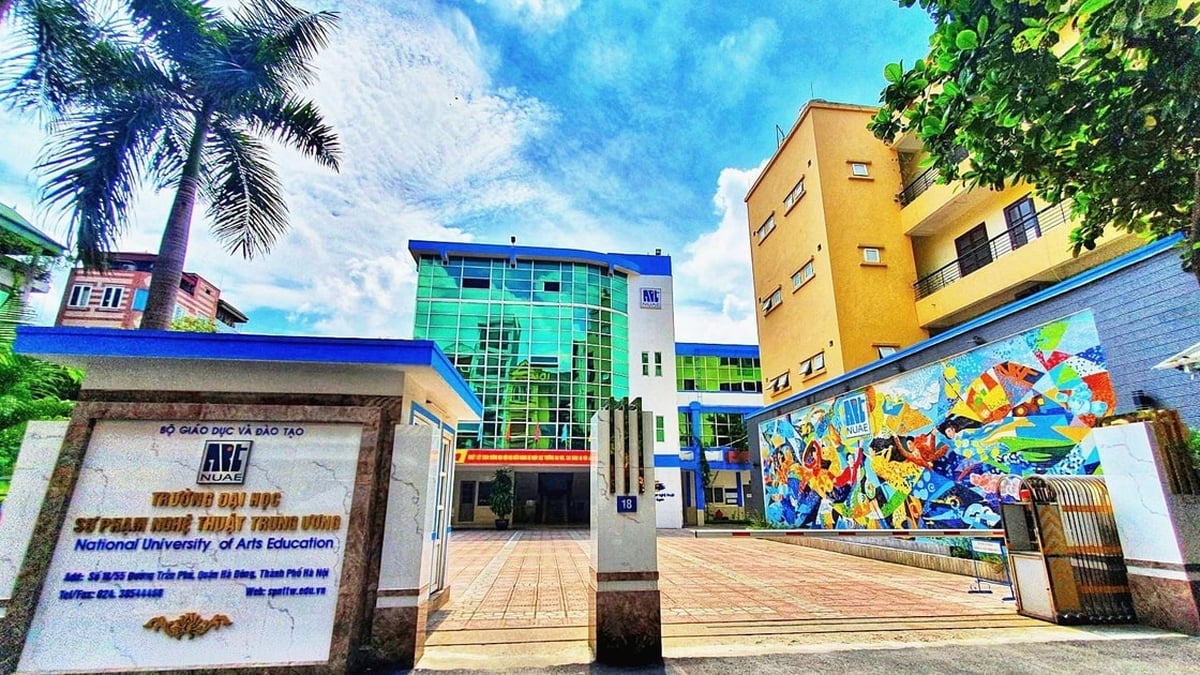

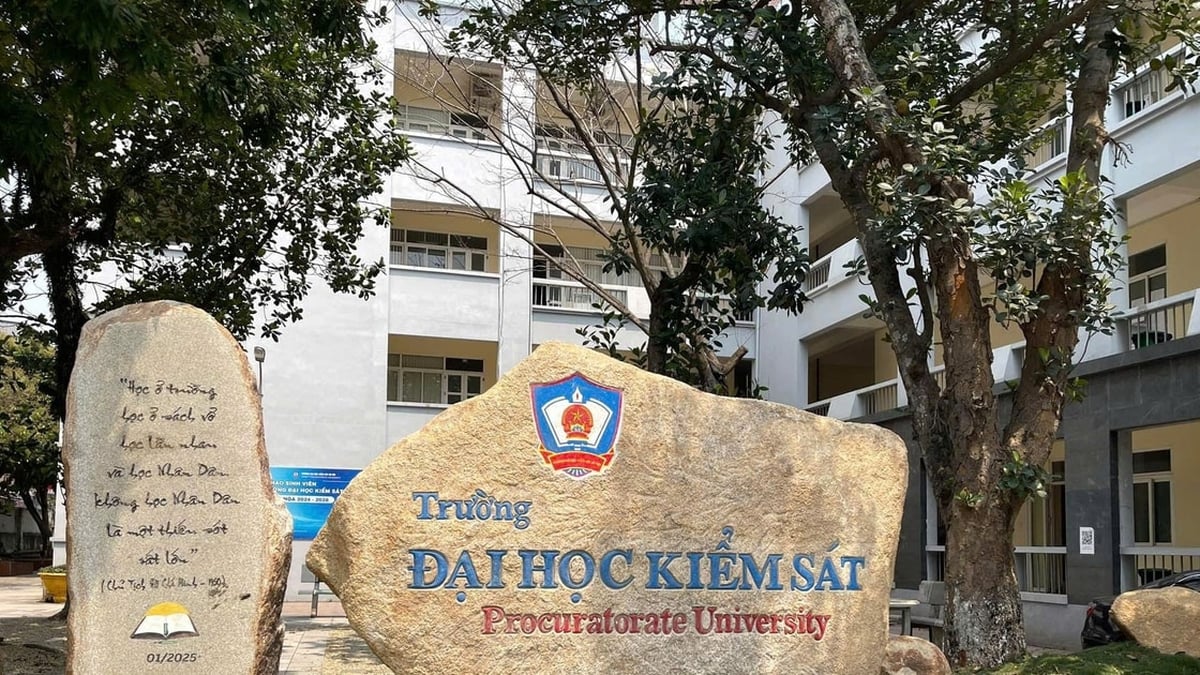
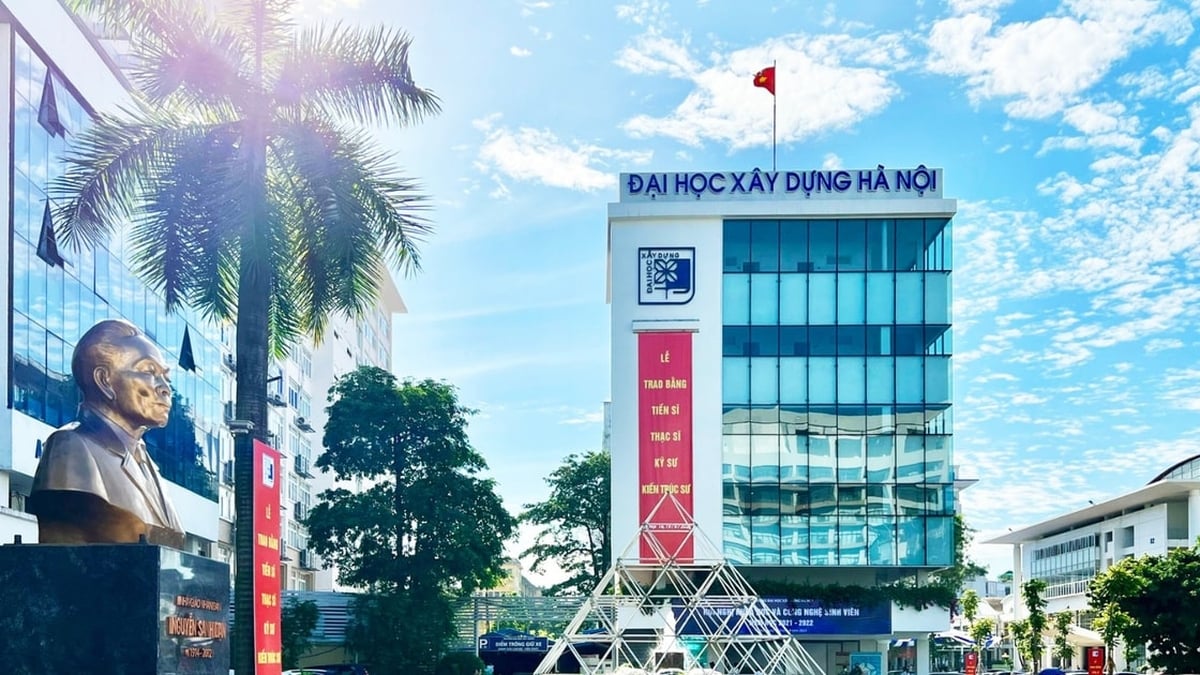
![[INFOGRAPHIC] Open-back headphones, look like a... pill](https://vphoto.vietnam.vn/thumb/1200x675/vietnam/resource/IMAGE/2025/7/16/cd63f007ad404018aa504c1009ce19ba)


























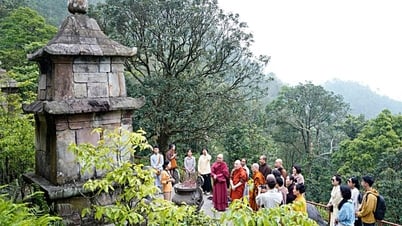





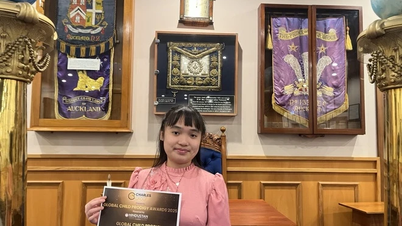
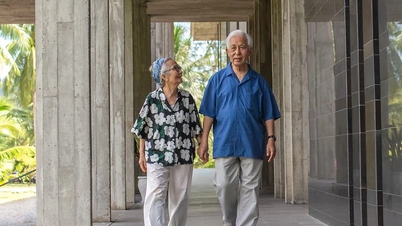

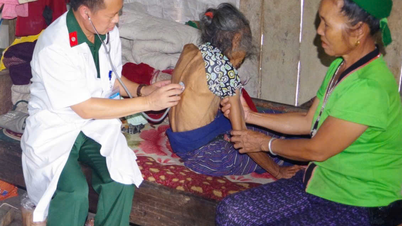












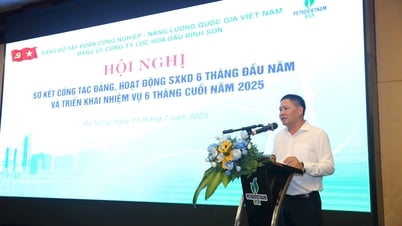

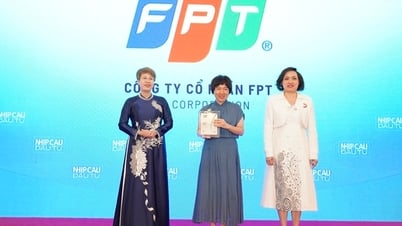

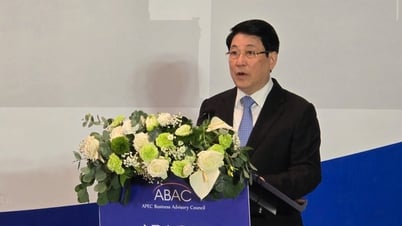



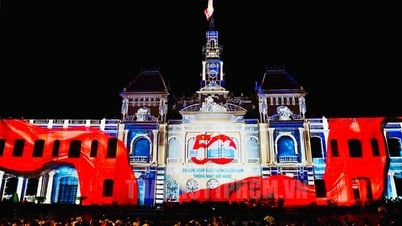
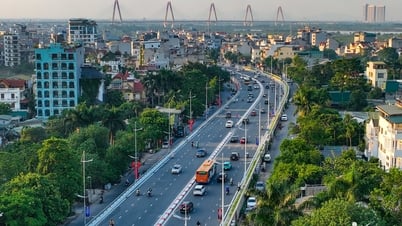





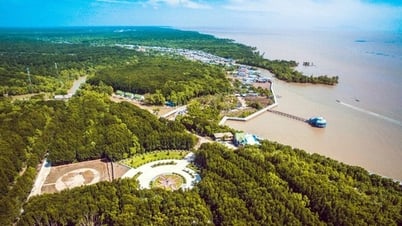























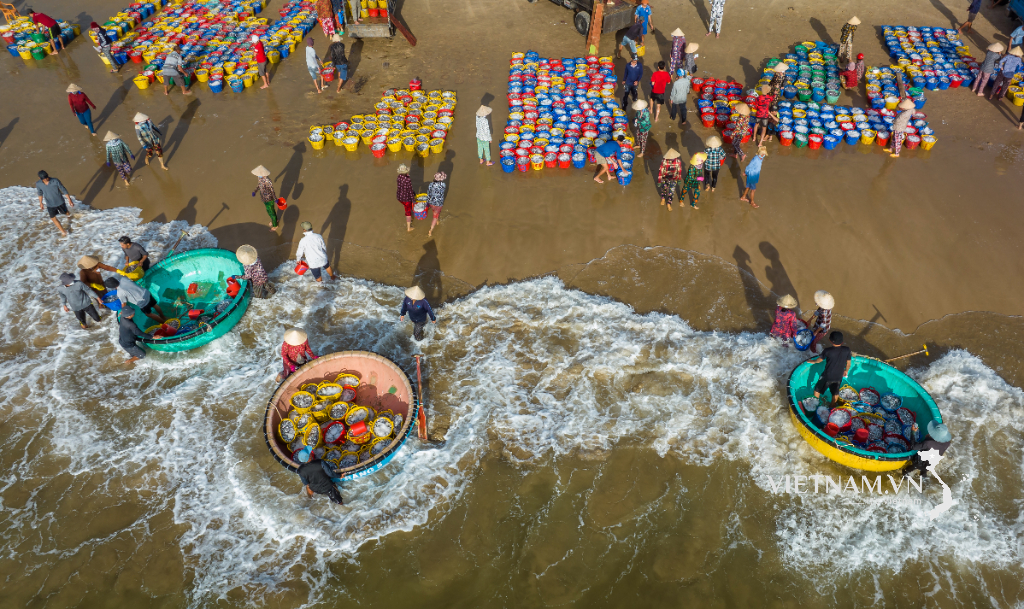

Comment (0)